CTNC Discover Large Population of Red-Shanked Doucs in Bac Hai Van
The Center for Nature Conservation (CTNC) has made an exciting breakthrough in its conservation efforts, discovering a significant population of Red-Shanked Doucs (Pygathrix nemaeus) in Bac Hai Van Protected Forest. Field surveys conducted in 2024 identified 24 groups of these endangered primates, with an estimated population of over 250 individuals within 14 547 ha. This finding establishes Bac Hai Van as a biodiversity hotspot, with a much higher density of Red-Shanked Doucs compared to other regions like Phong Nha-Ke Bang and Bach Ma National Parks.
The success of this work was made possible through the support of the Bac Hai Van Protection Forest Management Board and funding from the SCF (Species Conservation Fund) grant under USAID Biodiversity Conservation project, which provided essential resources to achieve these important results.
The Red-Shanked Douc (Pygathrix nemaeus) is one of the most iconic primates in Southeast Asia, known for its strikingly colorful appearance, which has earned it the title of “queen of primates.” Endemic to the Indochina region, this species is primarily found in the forests of Vietnam, Laos, and Cambodia. Red-Shanked Doucs are arboreal and highly dependent on intact forest habitats, where they feed on leaves, fruits, and other plant materials. Their social structure typically consists of multi-male and multi-female groups, making them an essential component of their ecosystems as seed dispersers.
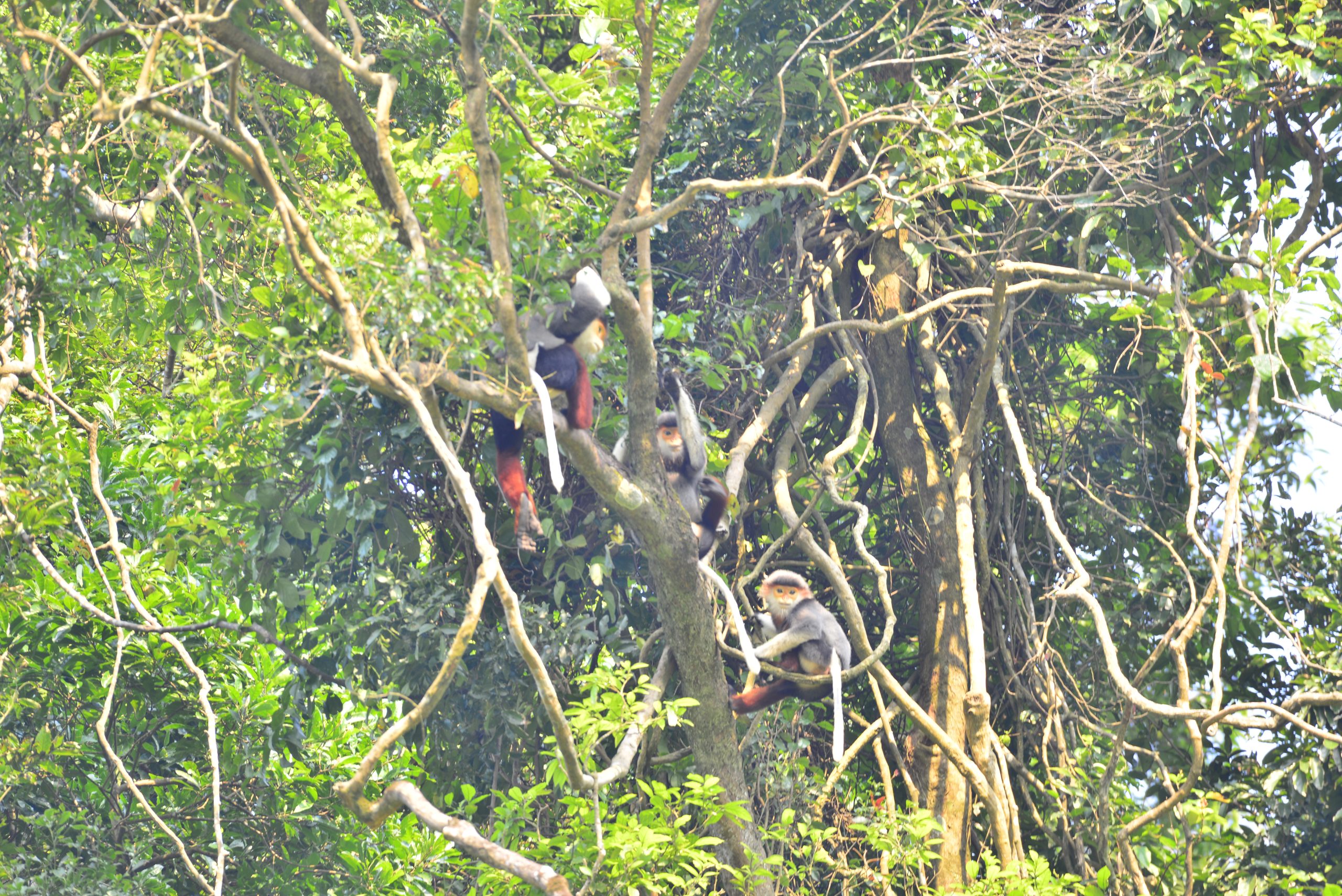
Despite their ecological importance, the Red-Shanked Douc is listed as Endangered on the IUCN Red List due to severe population declines across its range. Habitat loss caused by deforestation for agriculture, logging, and infrastructure development poses a significant threat to the species. Additionally, poaching for the illegal wildlife trade, bushmeat, and traditional medicine has further exacerbated their decline. Even in protected areas, enforcement challenges have allowed these threats to persist, pushing the species closer to extinction.
The project also identified significant challenges, including habitat fragmentation caused by acacia plantations, which disrupt connectivity among primate populations. CTNC emphasized the need for habitat restoration to create natural forest corridors that can enhance genetic connectivity and improve the long-term survival prospects of these species.
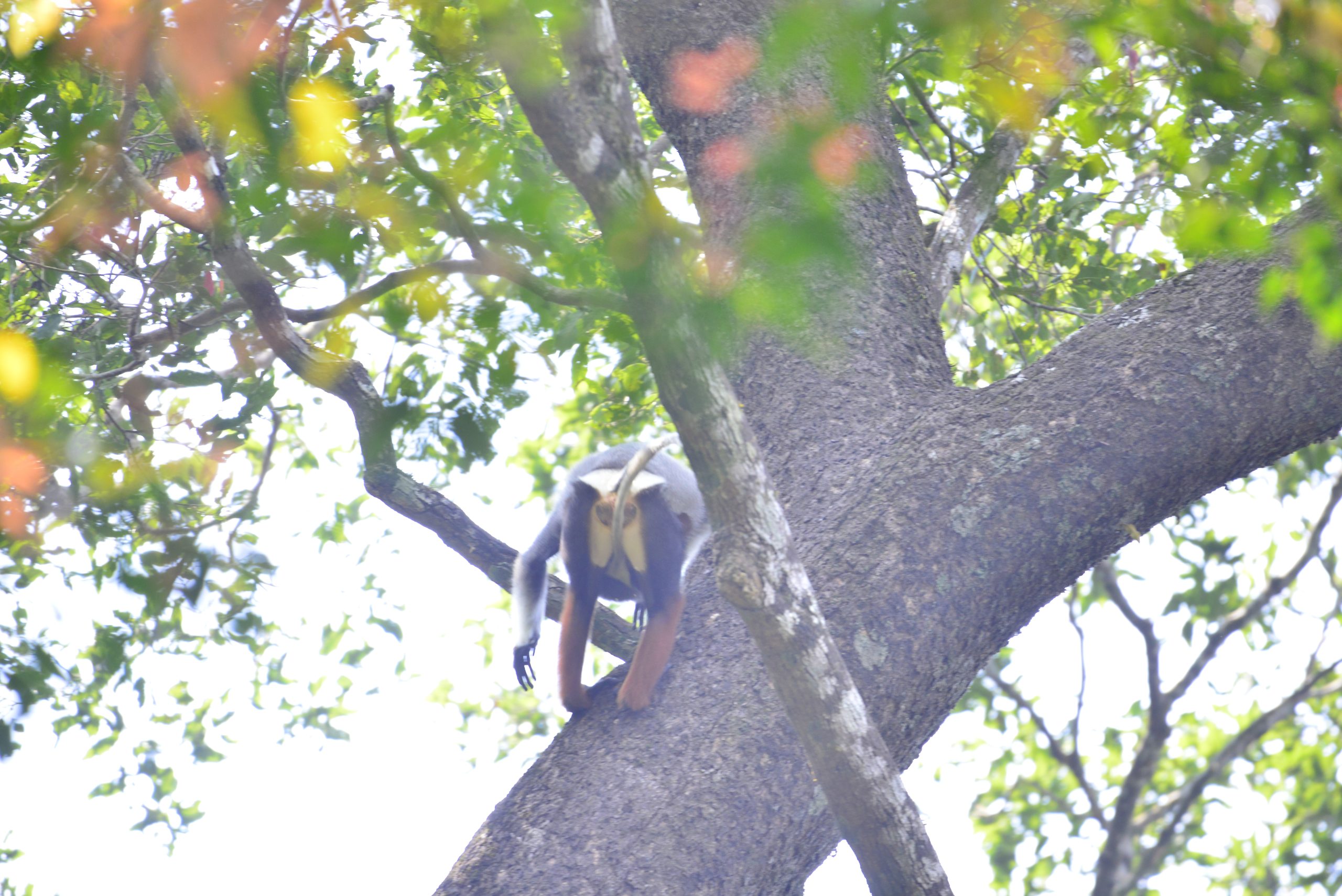
“This project has been a significant step forward in the conservation of Red-Shanked Doucs, highlighting Bac Hai Van as a critical stronghold for this endangered species. Our work would not have been possible without the generous support of the Species Conservation Fund (SCF) from USAID and the strong collaboration between CTNC and the Bac Hai Van Protection Forest Management Board. Together, we have not only uncovered valuable data but also laid the groundwork for future conservation initiatives to protect this iconic species and its habitat.”
– Pham Van Thong, Deputy Director of CTNC
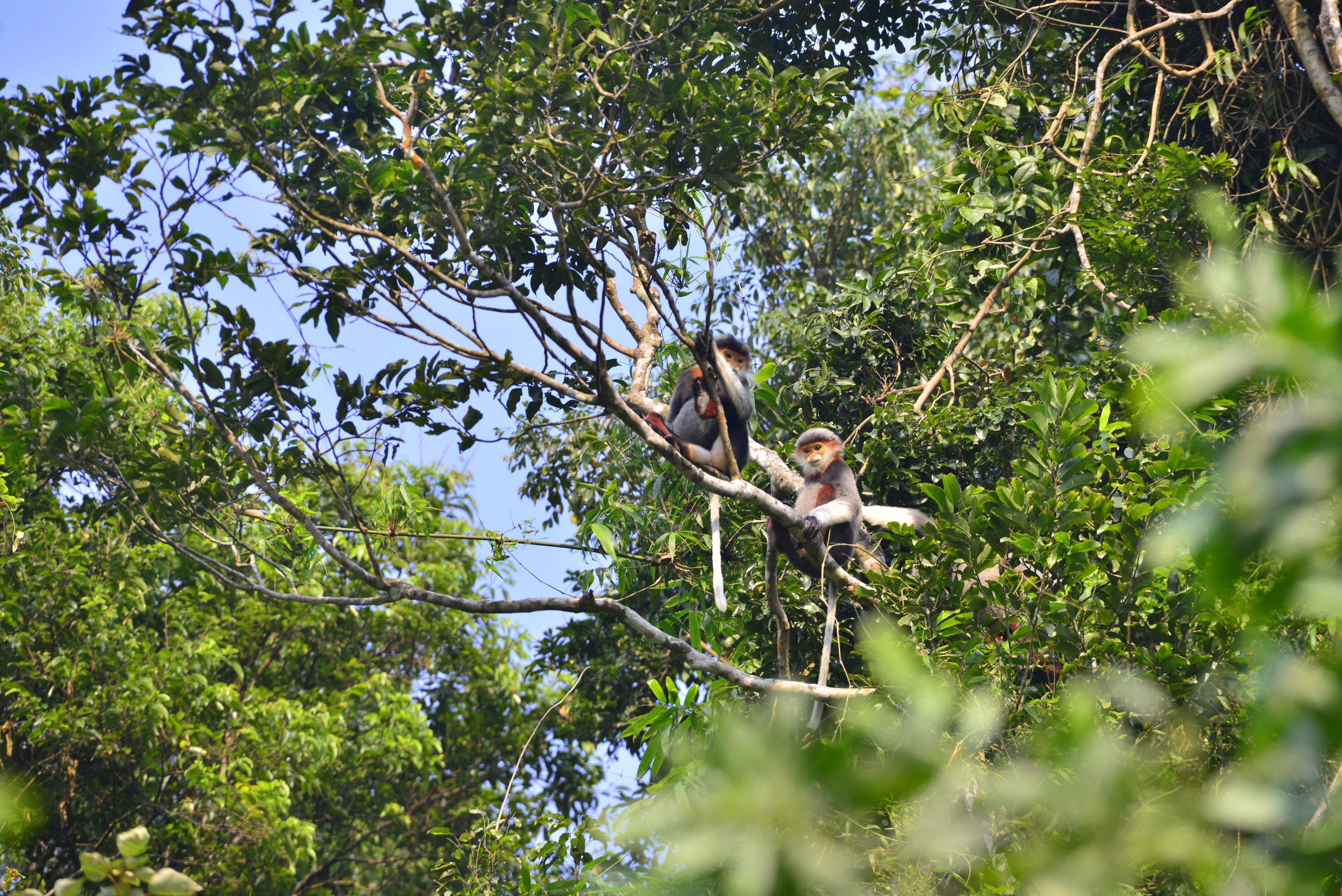
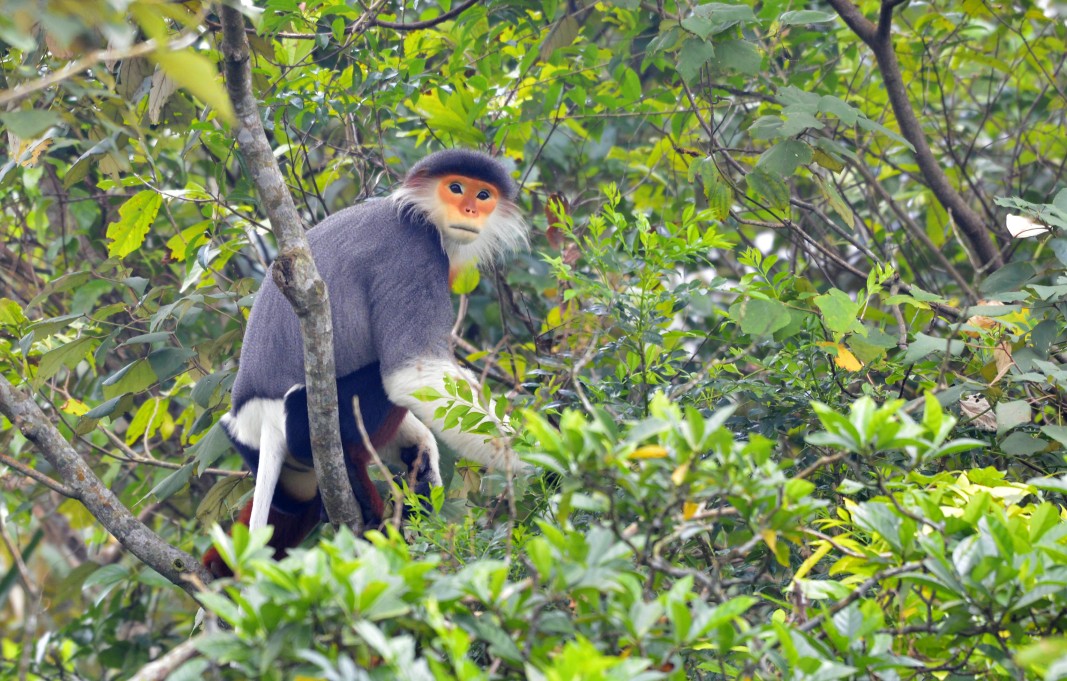
This discovery is expected to influence conservation policies and drive further efforts to restore natural habitats in Bac Hai Van. CTNC also suggest the potential of explore ecotourism opportunities to promote sustainable development in the region, drawing attention to the unique wildlife and the urgent need to protect it.
Despite the successes, challenges such as illegal hunting, habitat destruction, and limited funding remain. CTNC calls for collaboration with government bodies, local communities, and international partners to ensure the continued protection of Bac Hai Van’s wildlife. This groundbreaking discovery marks a significant step forward in the conservation of one of Vietnam’s most iconic primates.
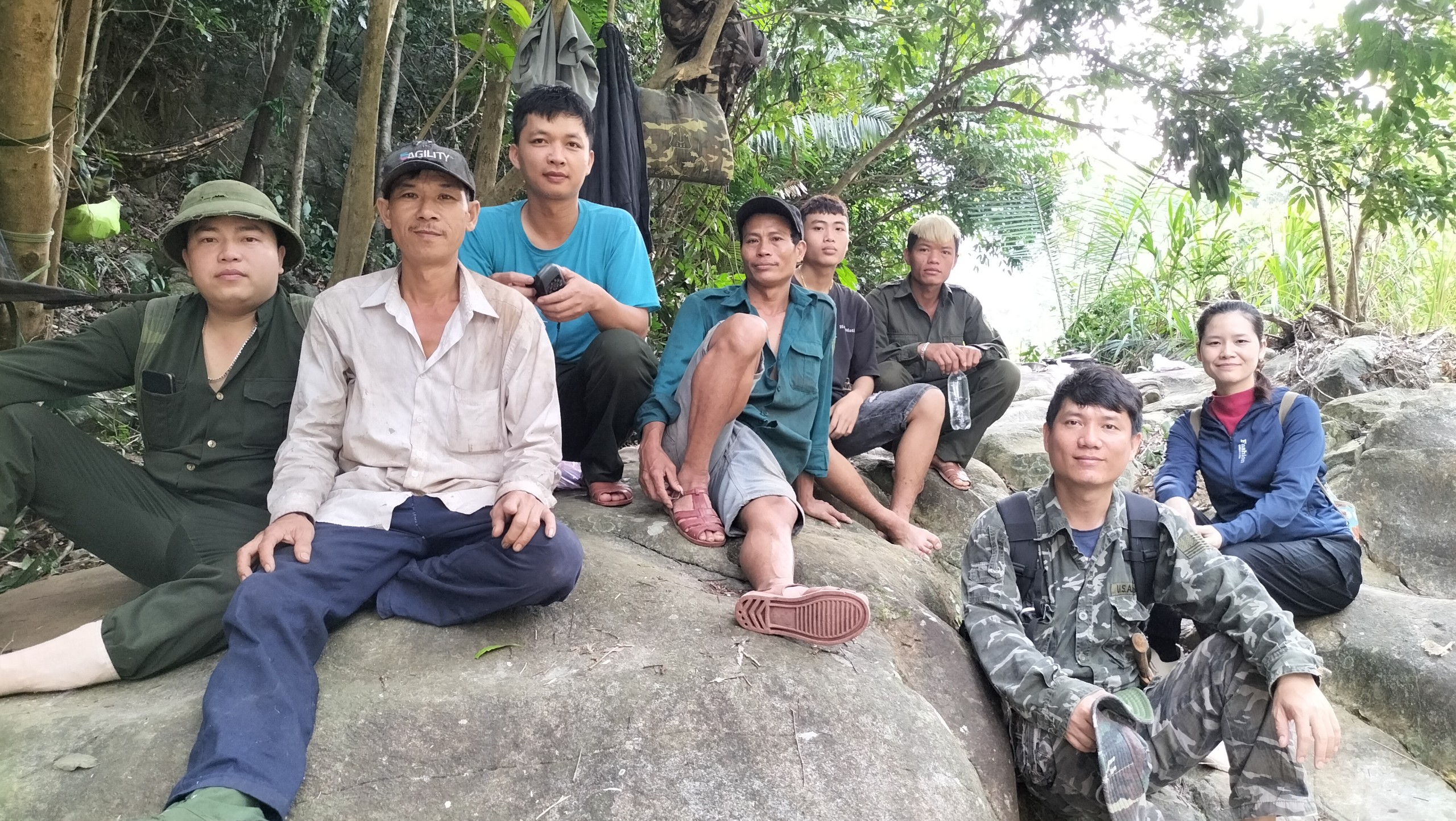
The intact forest of Bac Hai Van is not only a haven for the Red-Shanked Douc but also a critical reservoir of biodiversity for the coastal region of Vietnam. This forest represents one of the last remaining stretches of relatively undisturbed ecosystems in the area, providing habitat for a wide array of flora and fauna, some of which are rare, endemic, or endangered. Its dense canopy, diverse vegetation types, and complex structure support intricate ecological interactions essential for maintaining the balance of the local environment.
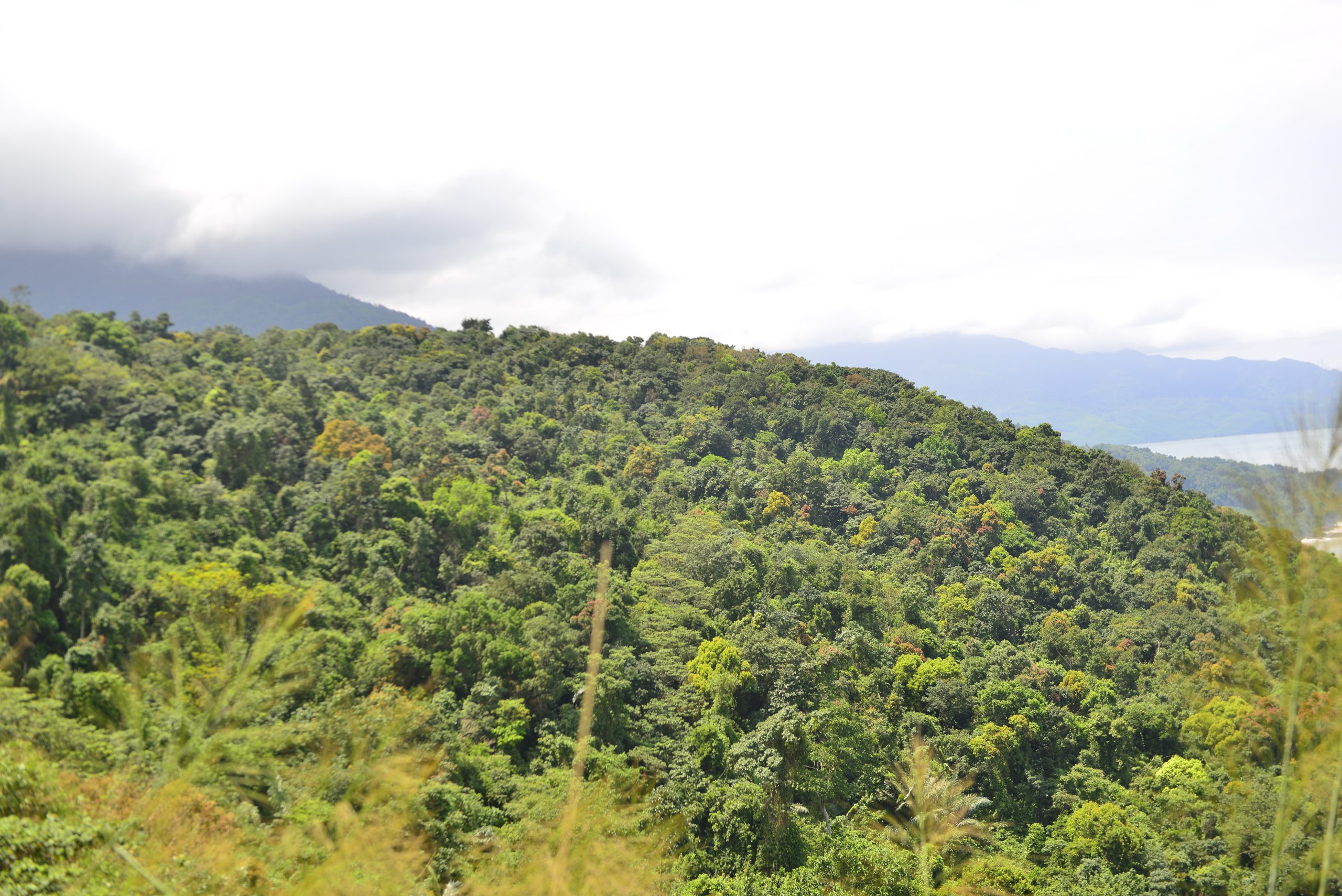
In addition to its biodiversity, Bac Hai Van’s forest plays a vital role in climate regulation, carbon sequestration, and watershed protection. It acts as a natural barrier against soil erosion, reducing sedimentation in rivers and coastal zones, which is crucial for the sustainability of both terrestrial and marine ecosystems. Furthermore, the forest contributes to local livelihoods by supporting eco-tourism and offering resources for sustainable use, provided that such activities are managed responsibly.
Protecting the forest is not just about conserving its wildlife but also about preserving the ecosystem services it provides, which are indispensable for the well-being of communities and the health of the broader environment in Vietnam’s coastal region.
During the survey, we encountered many other species, highlighting that Bac Hai Van boasts exceptionally rich biodiversity that requires stronger protection and attention.
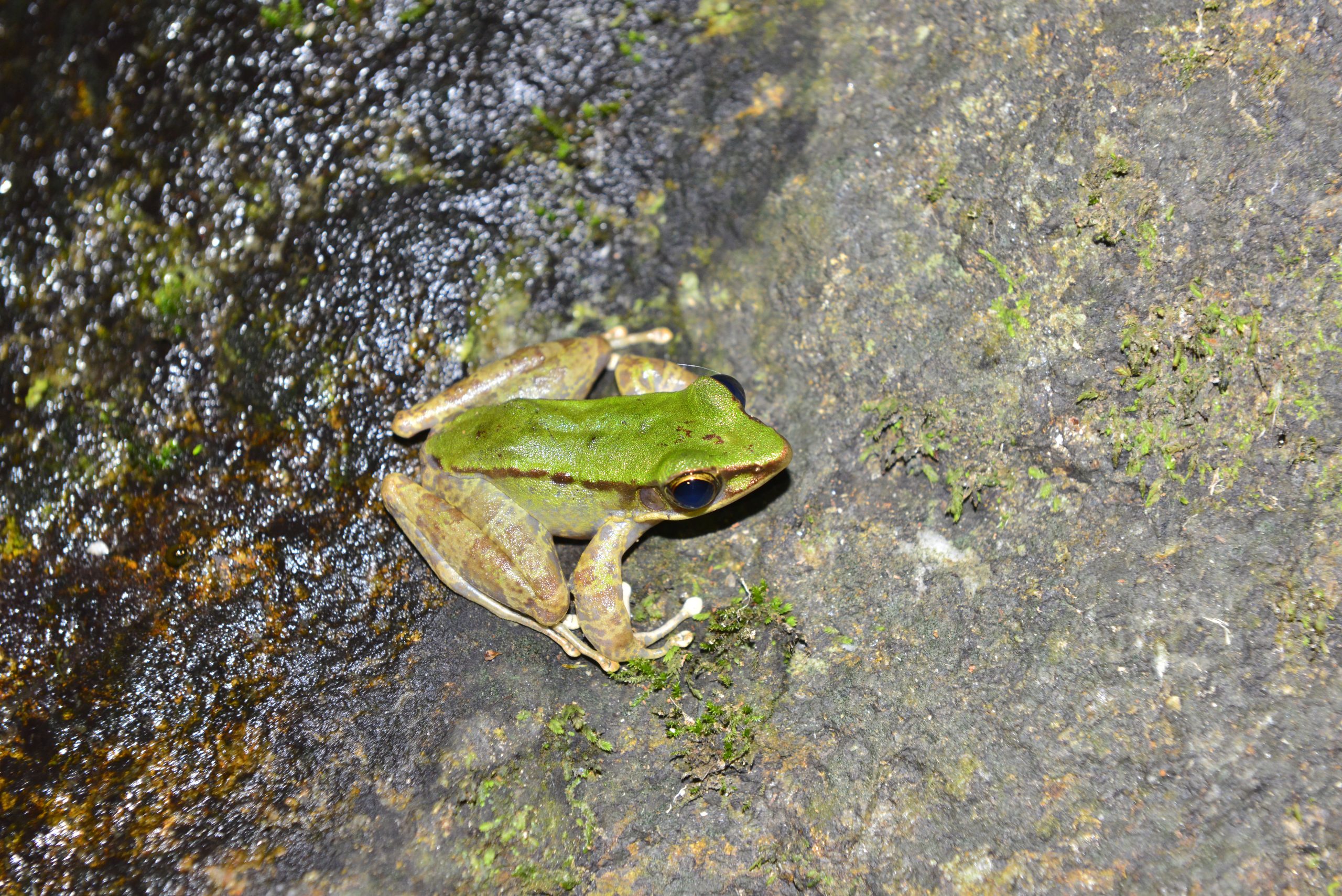
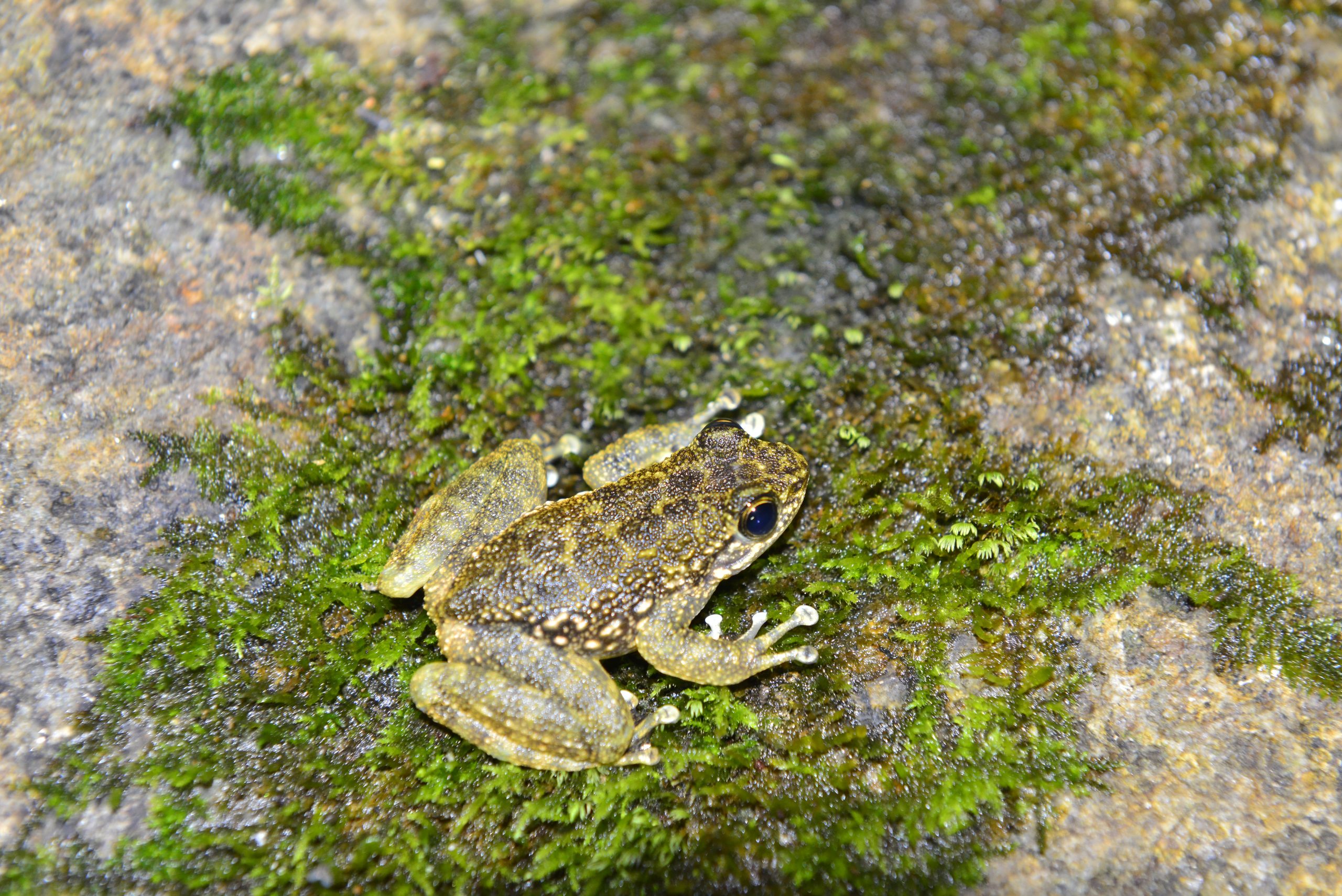
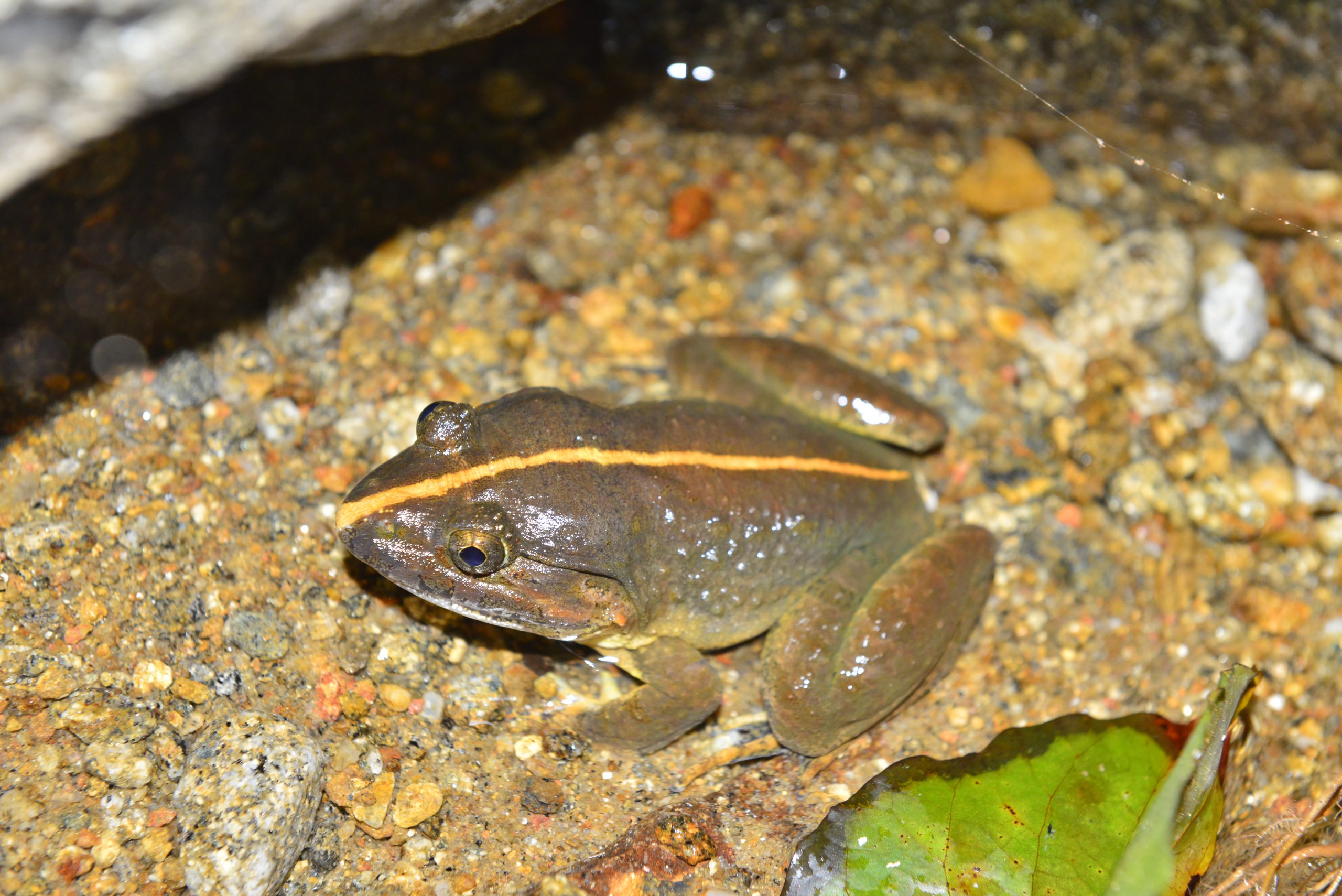
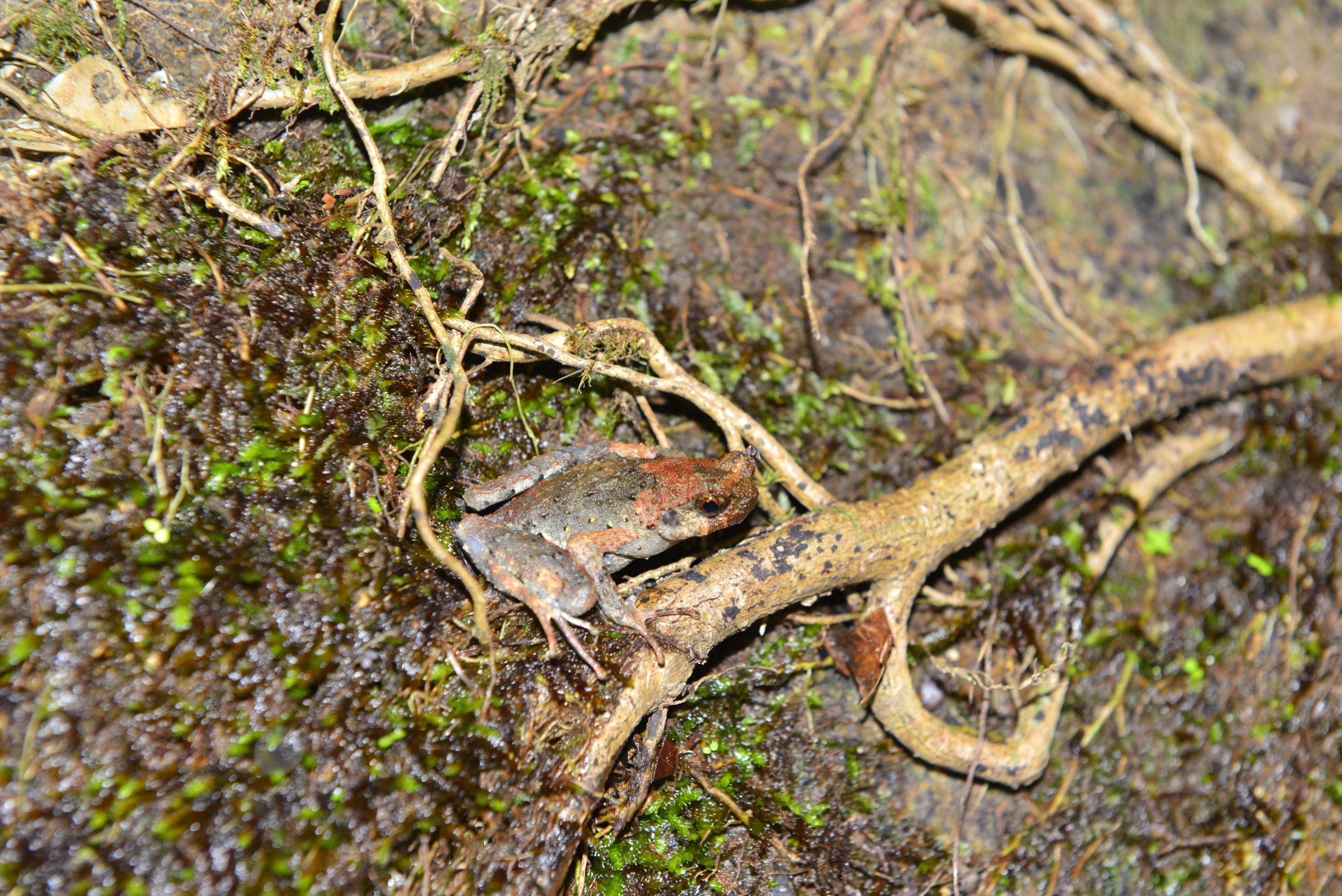
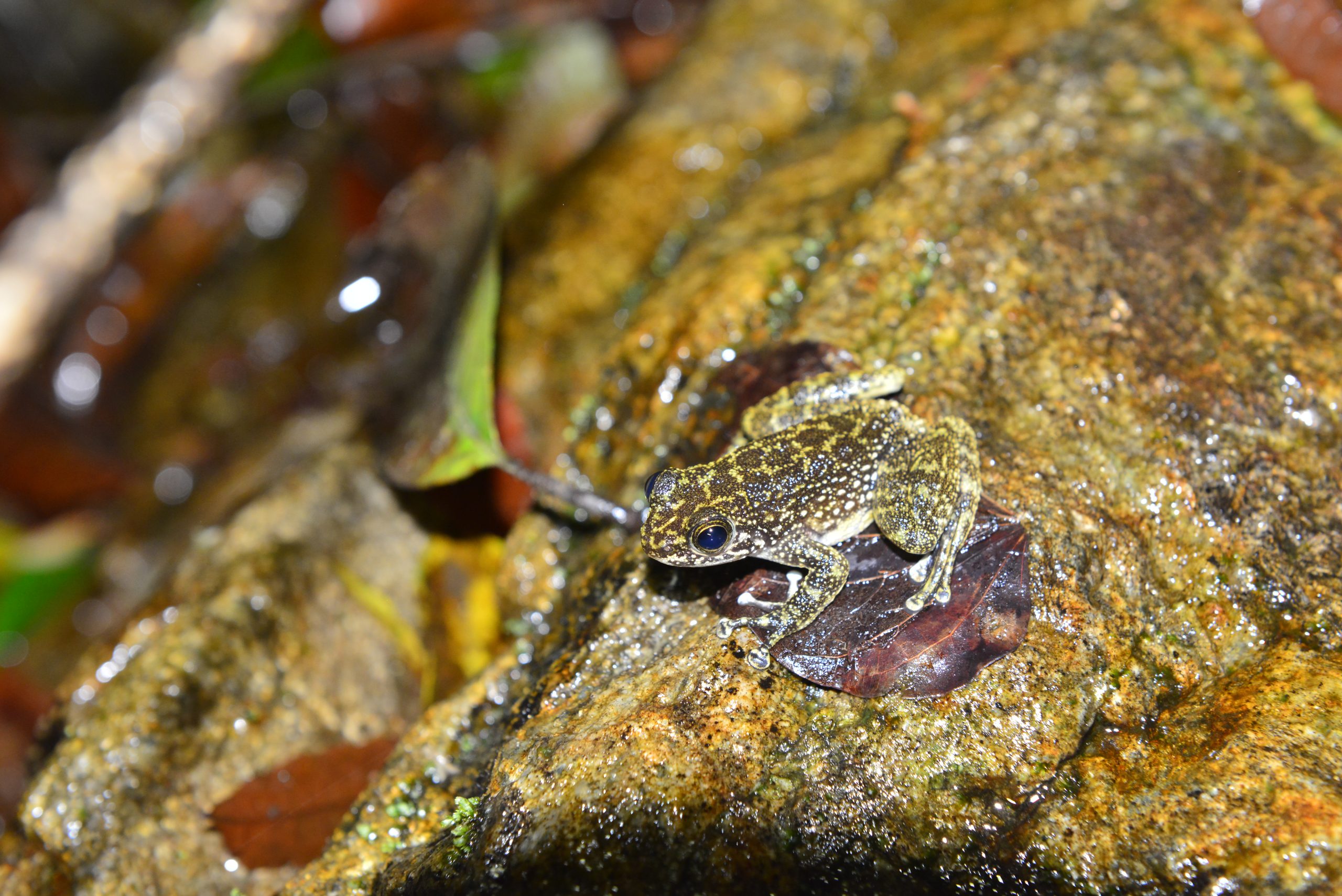
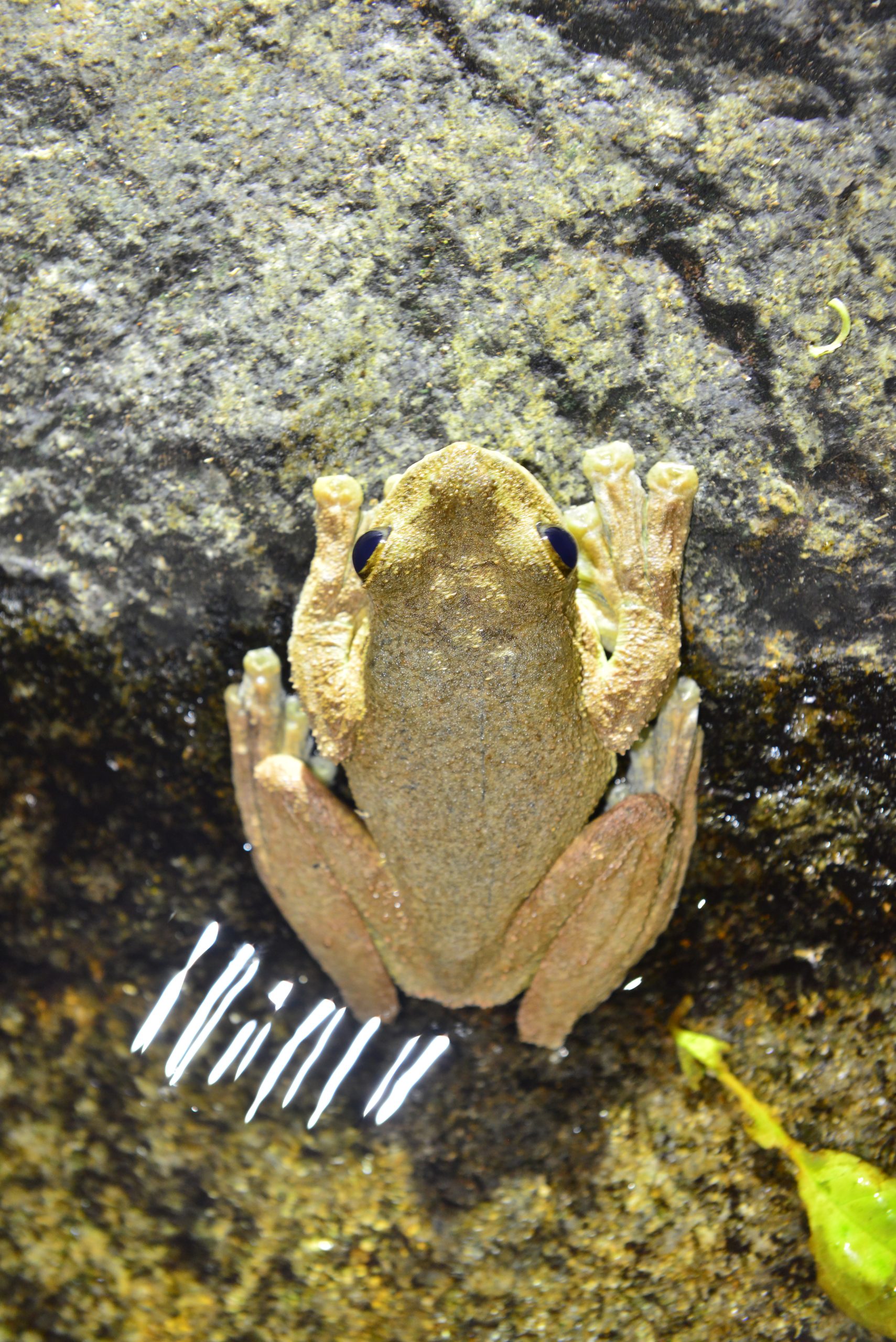
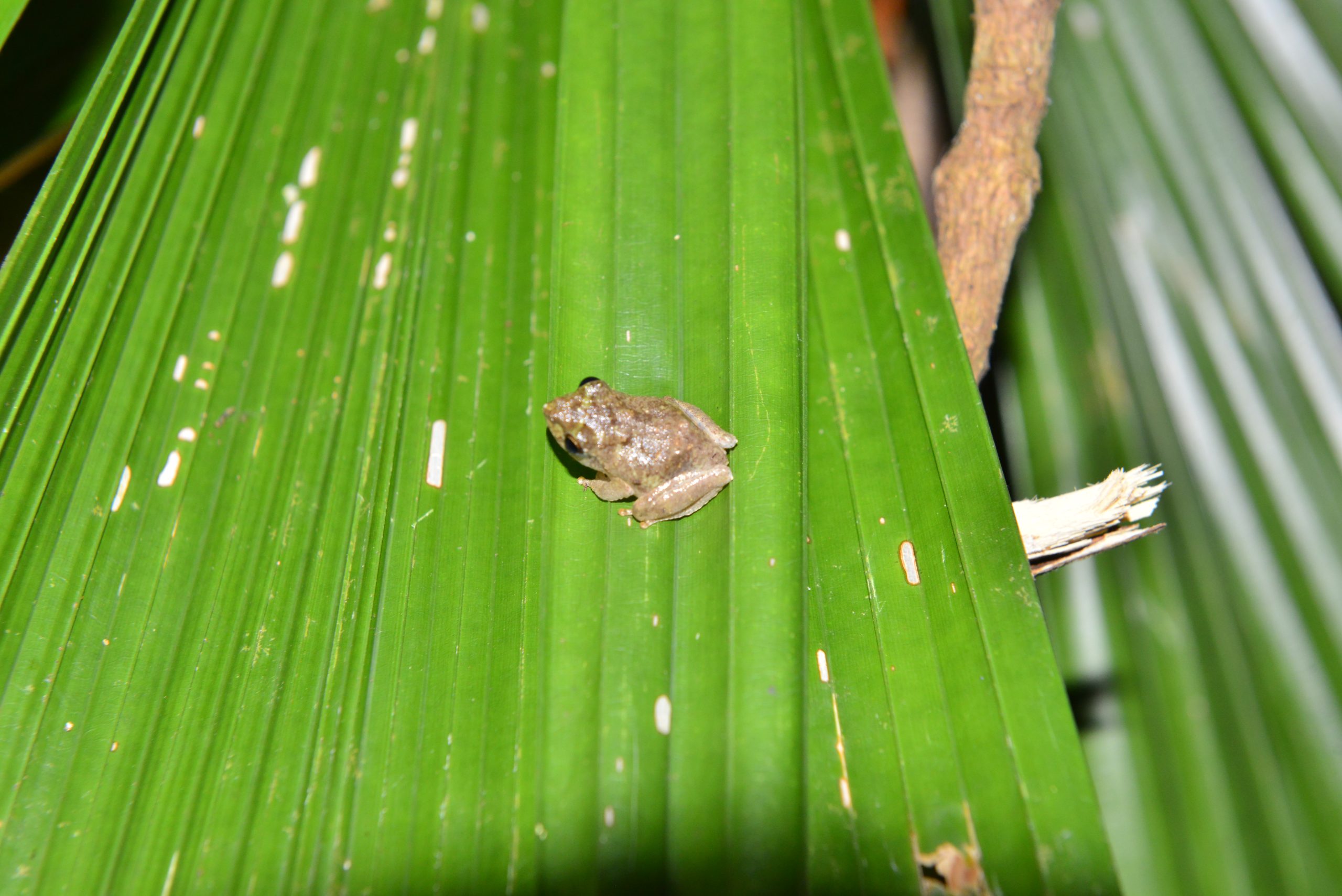
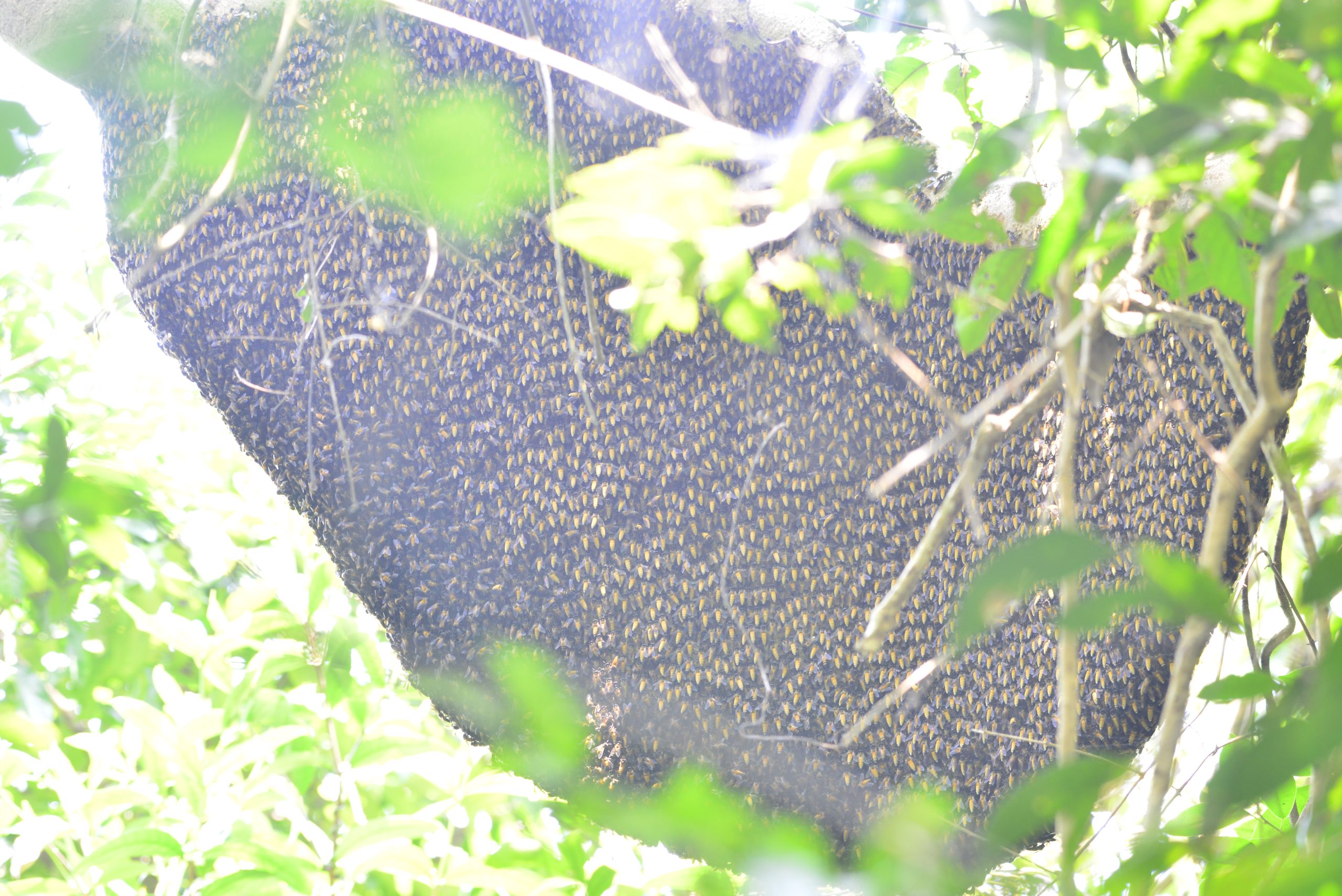
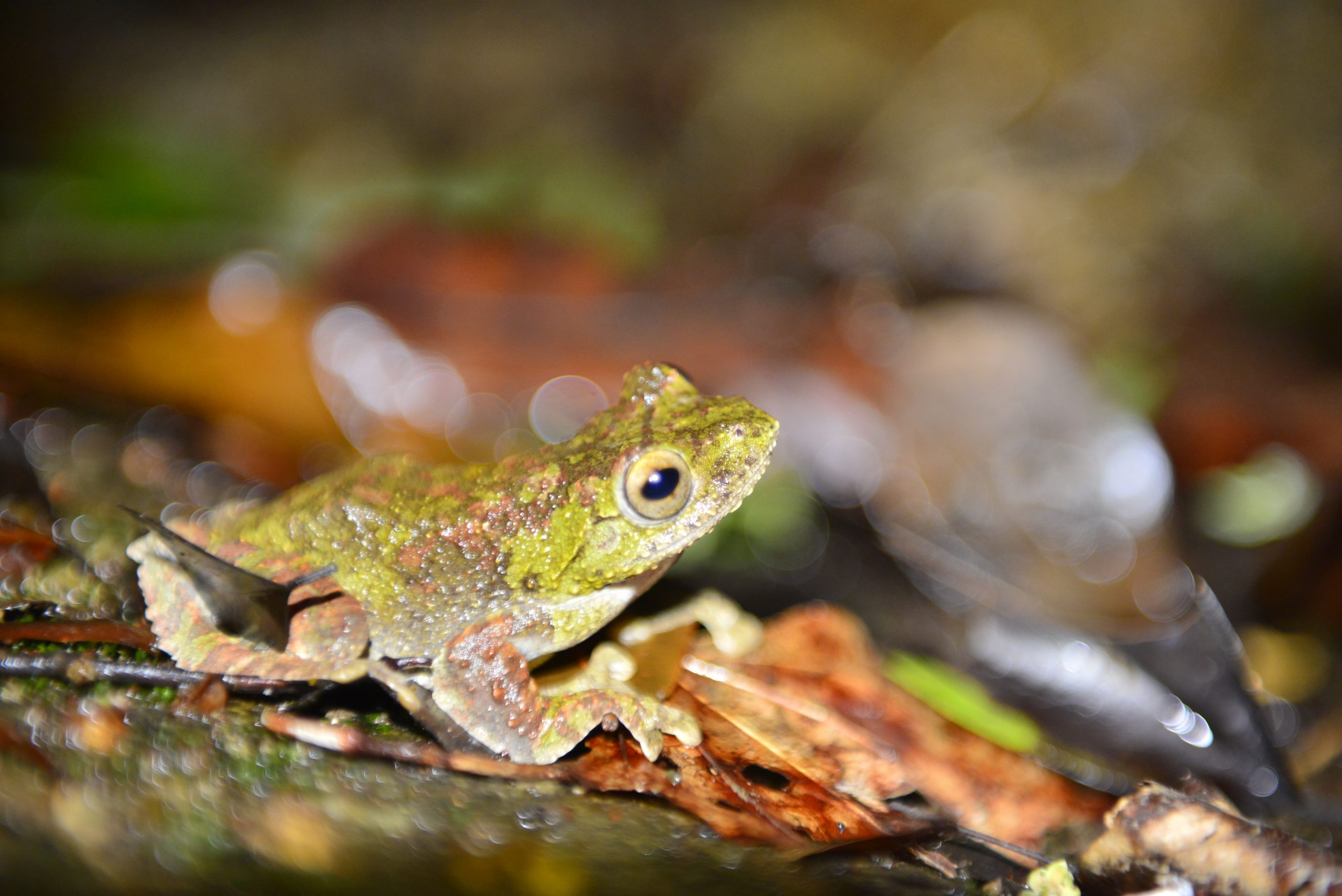
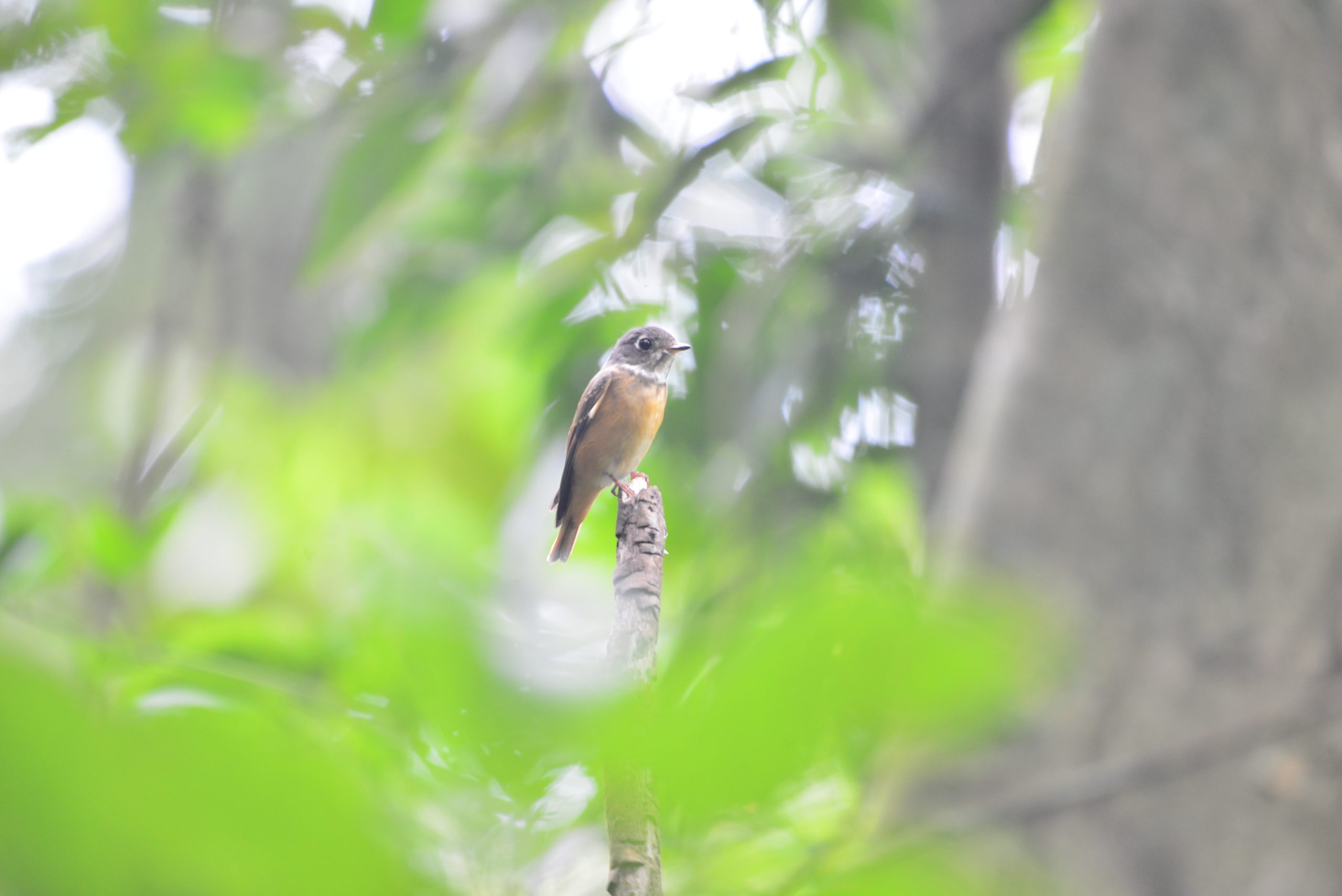
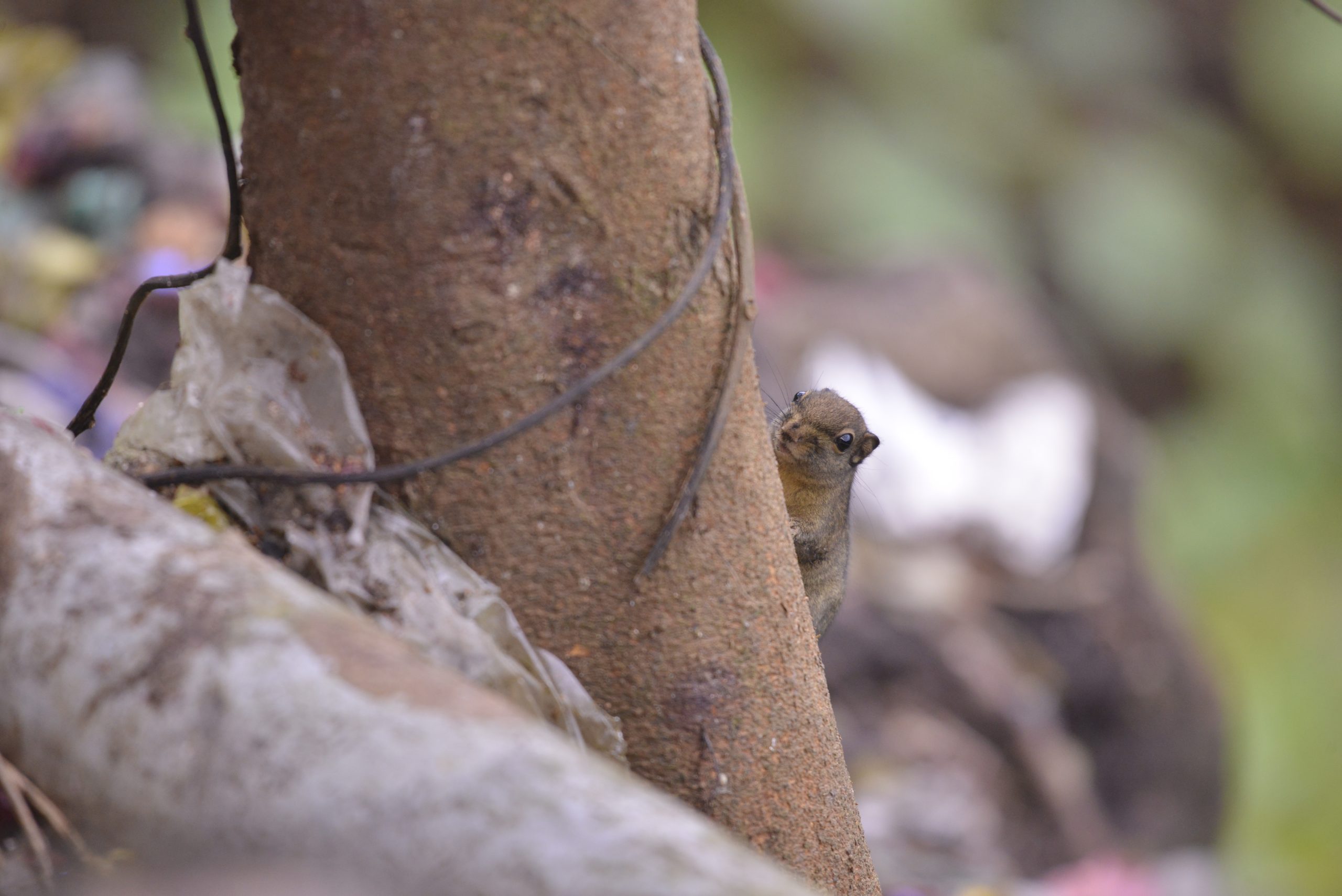
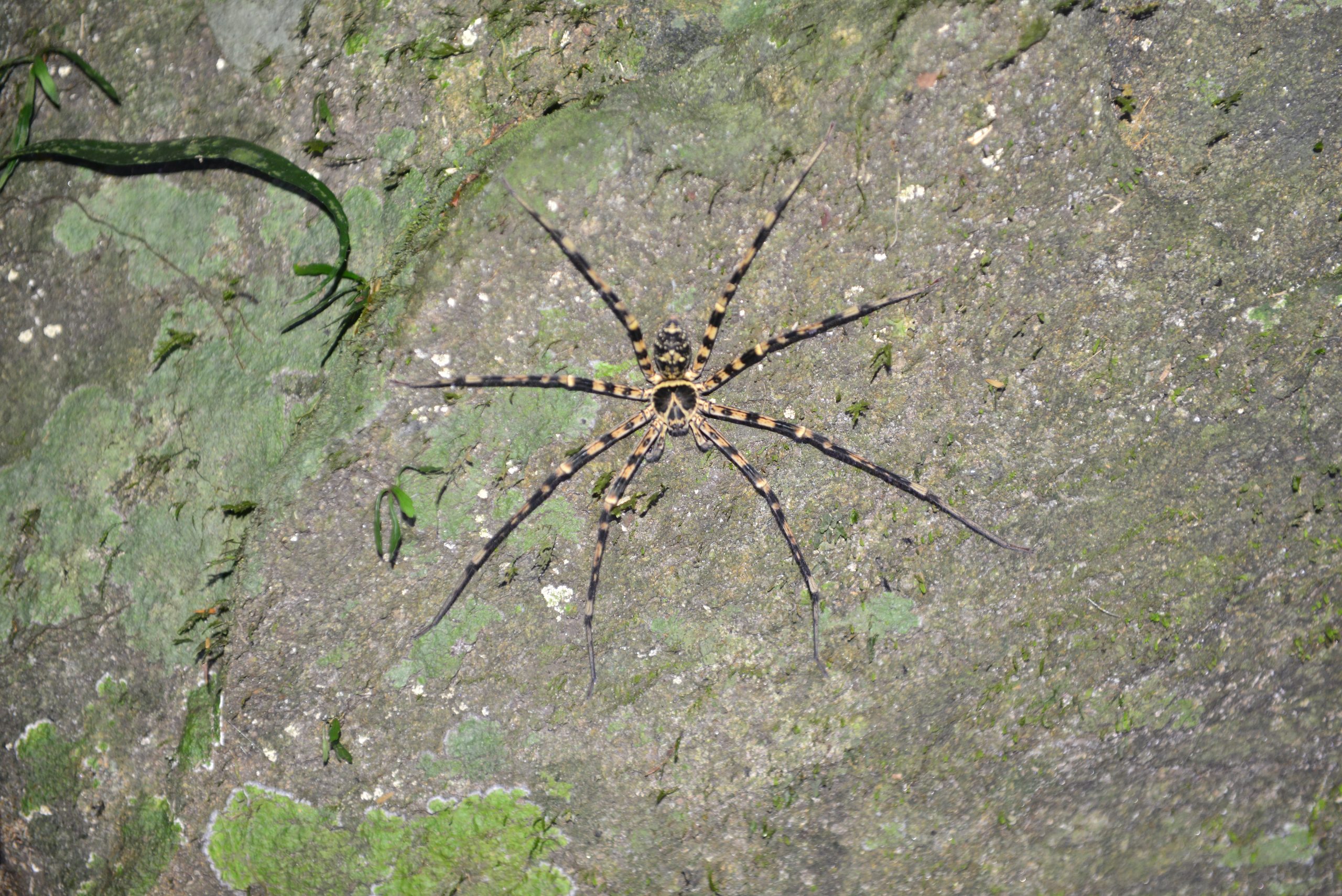
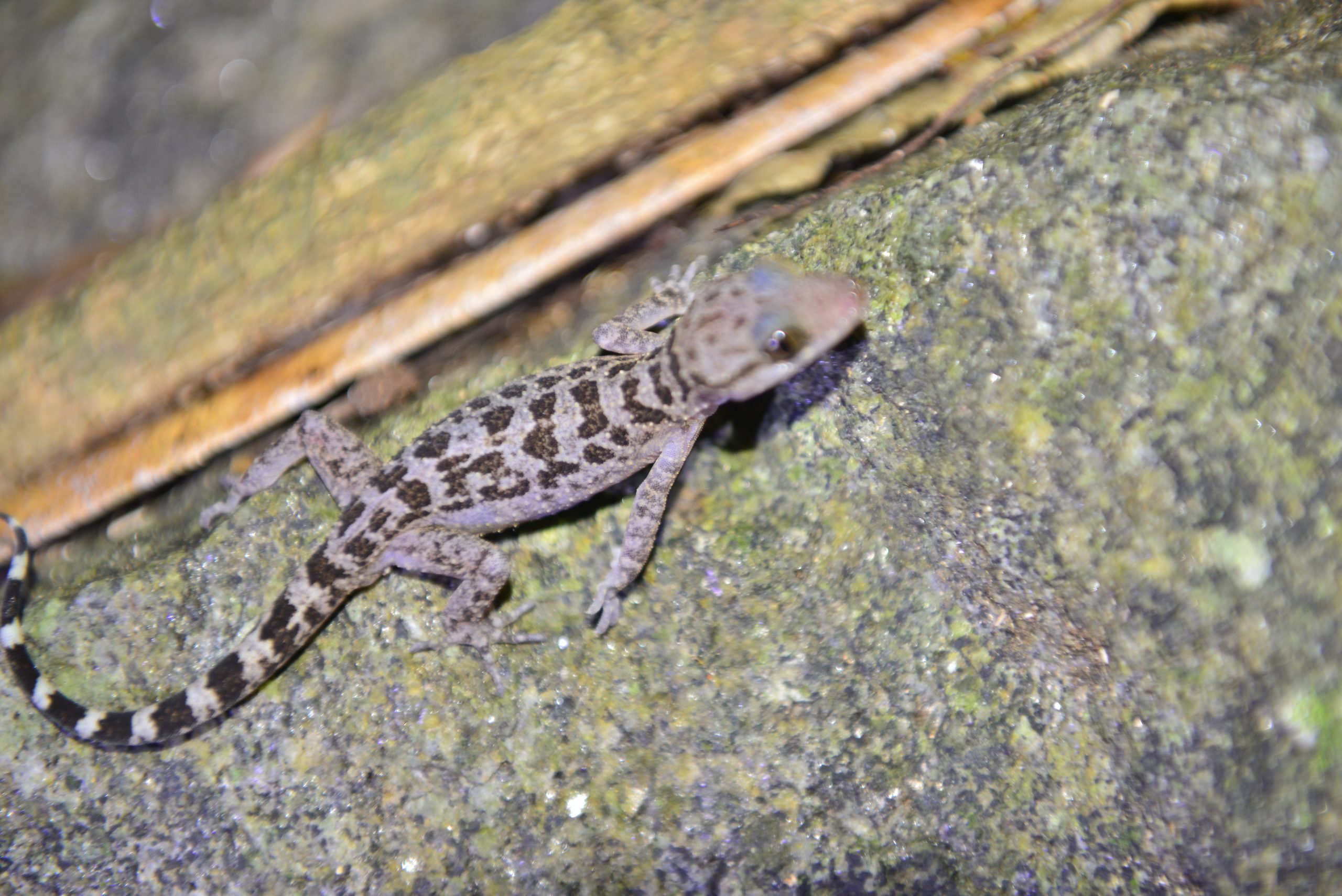
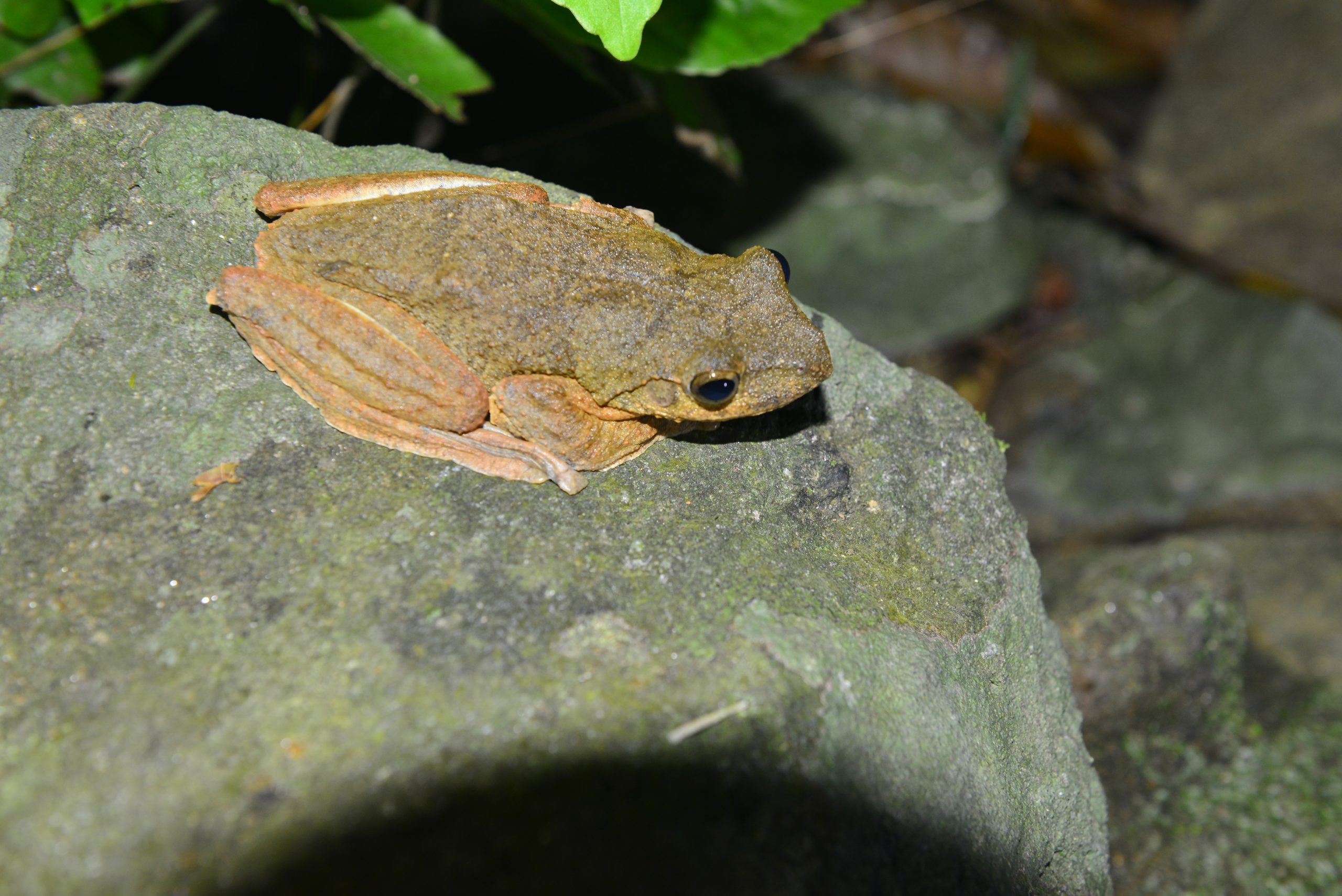
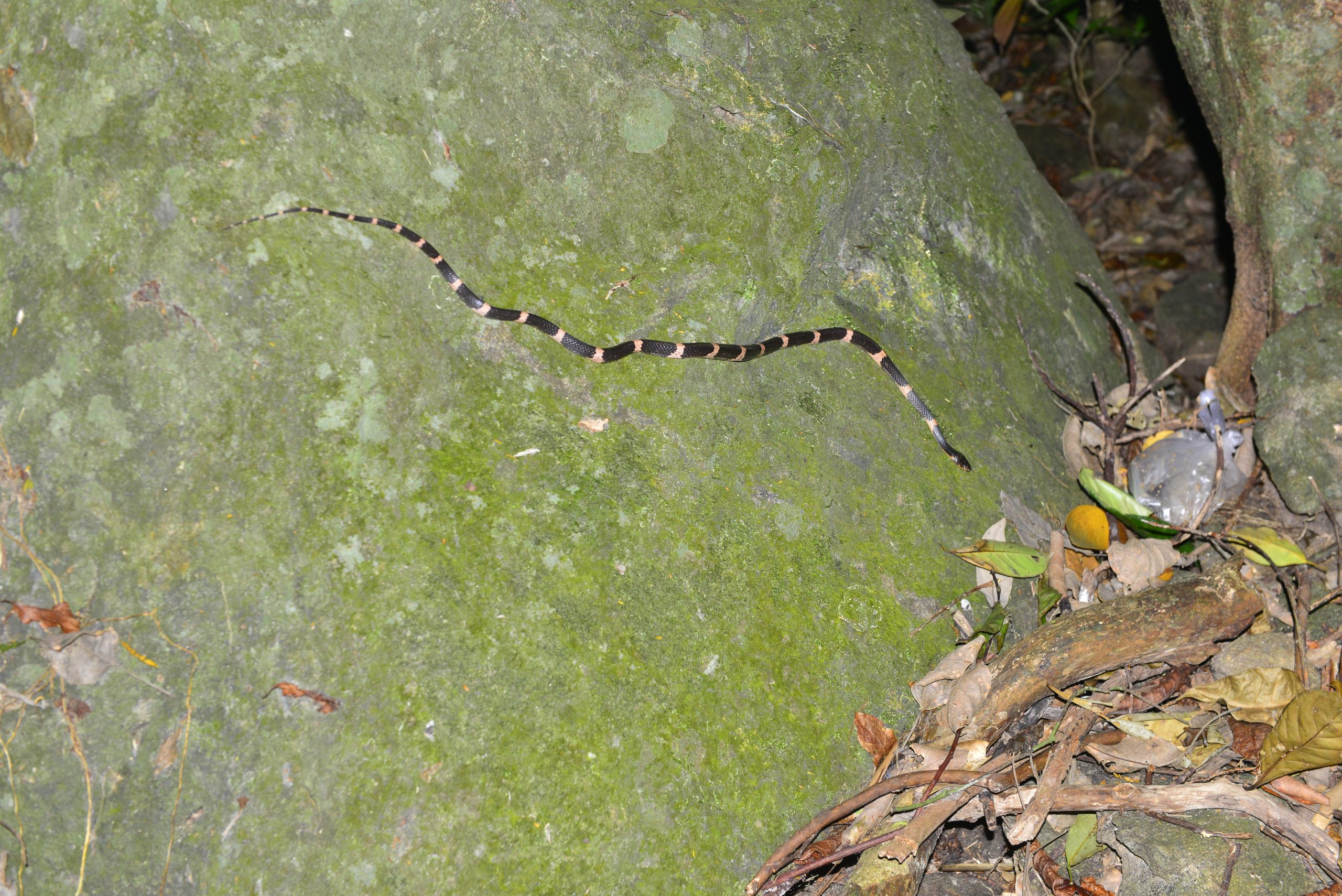
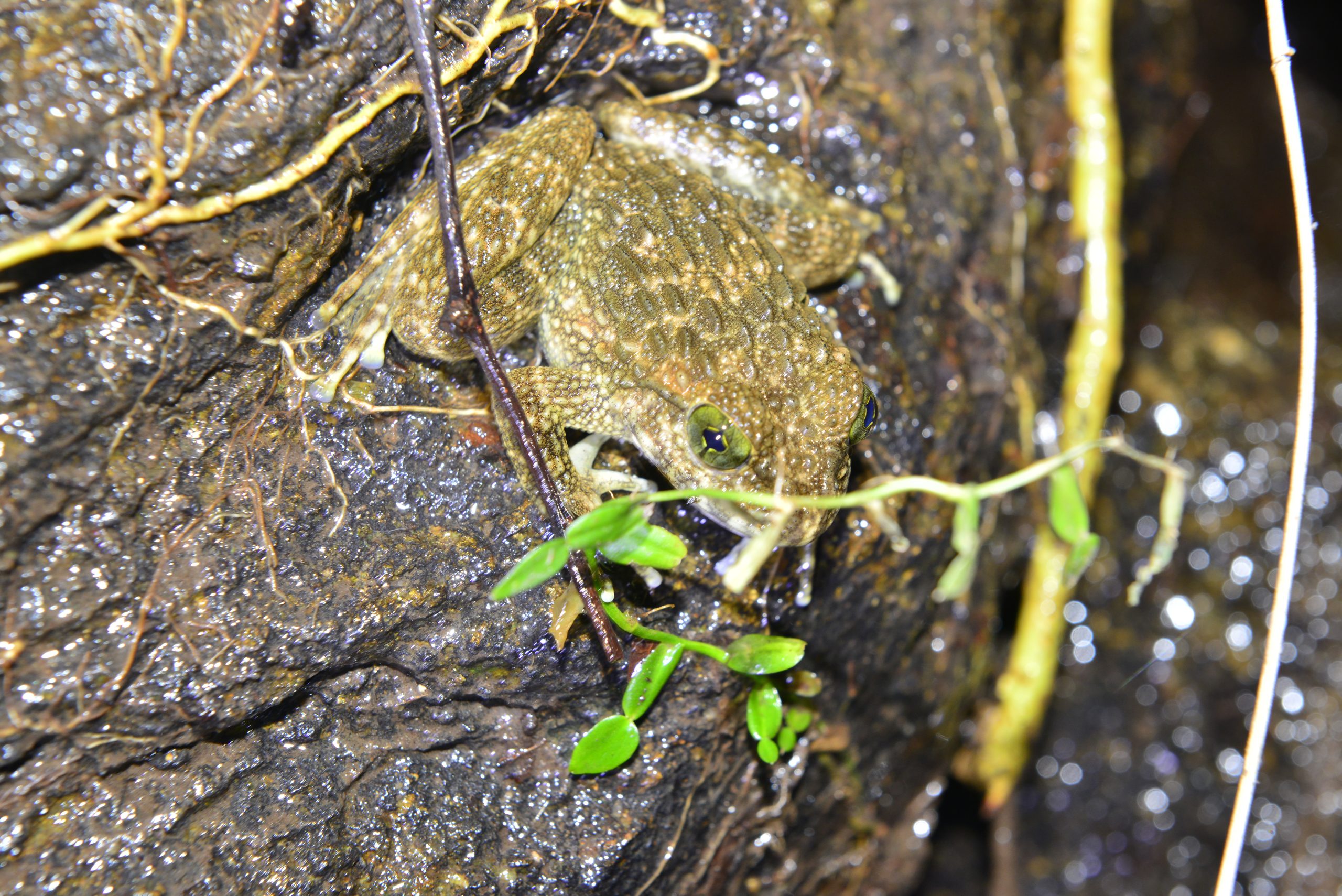
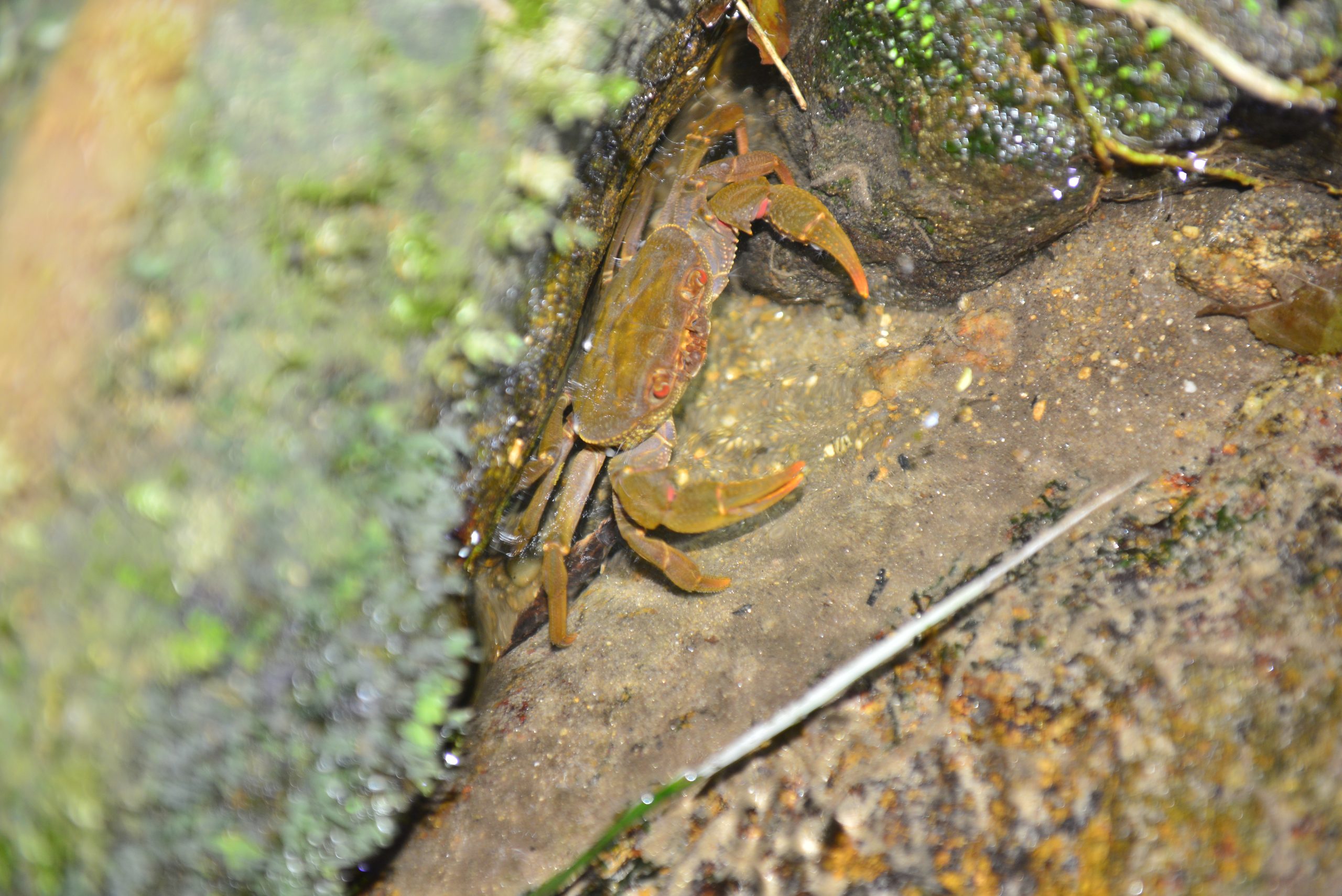
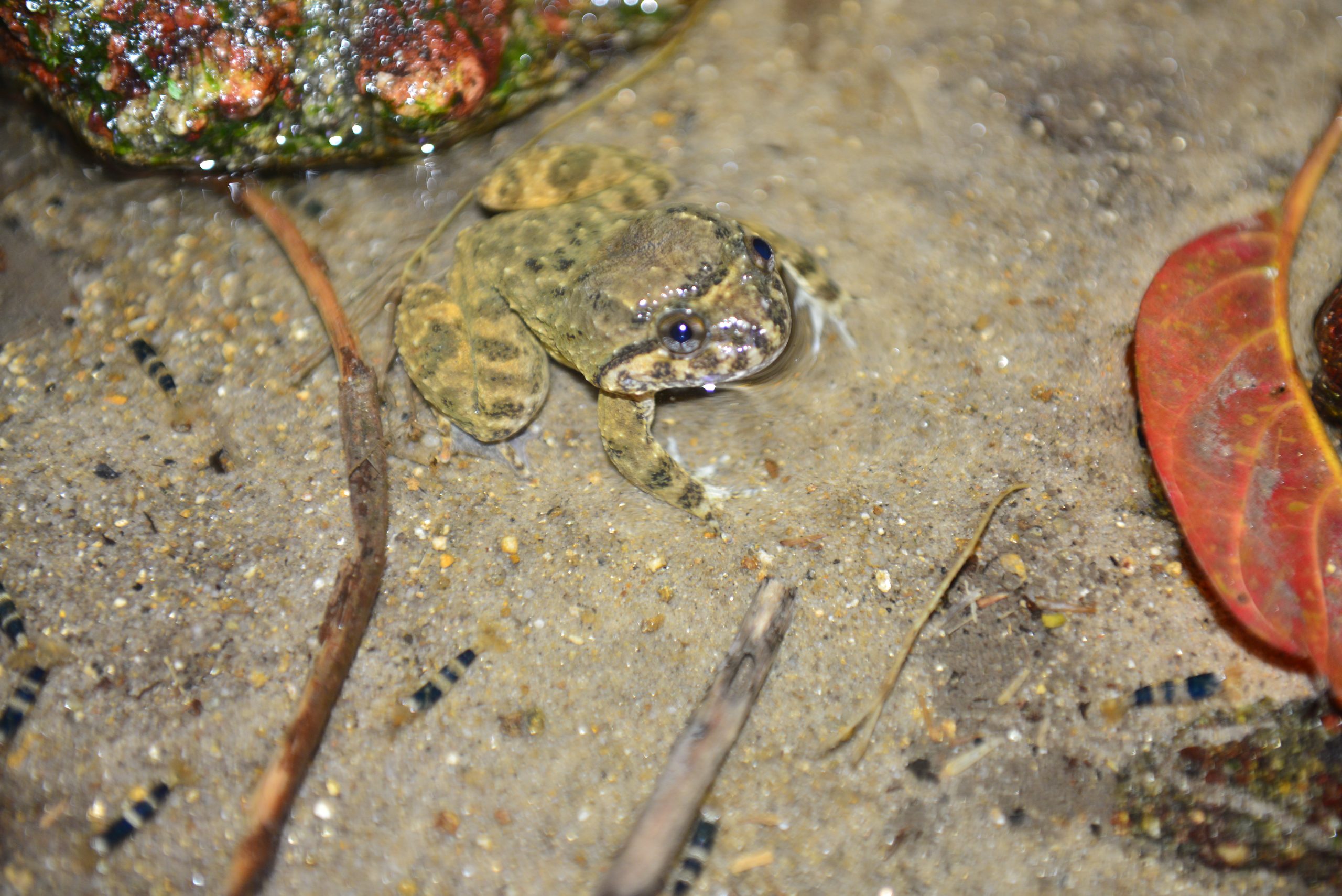
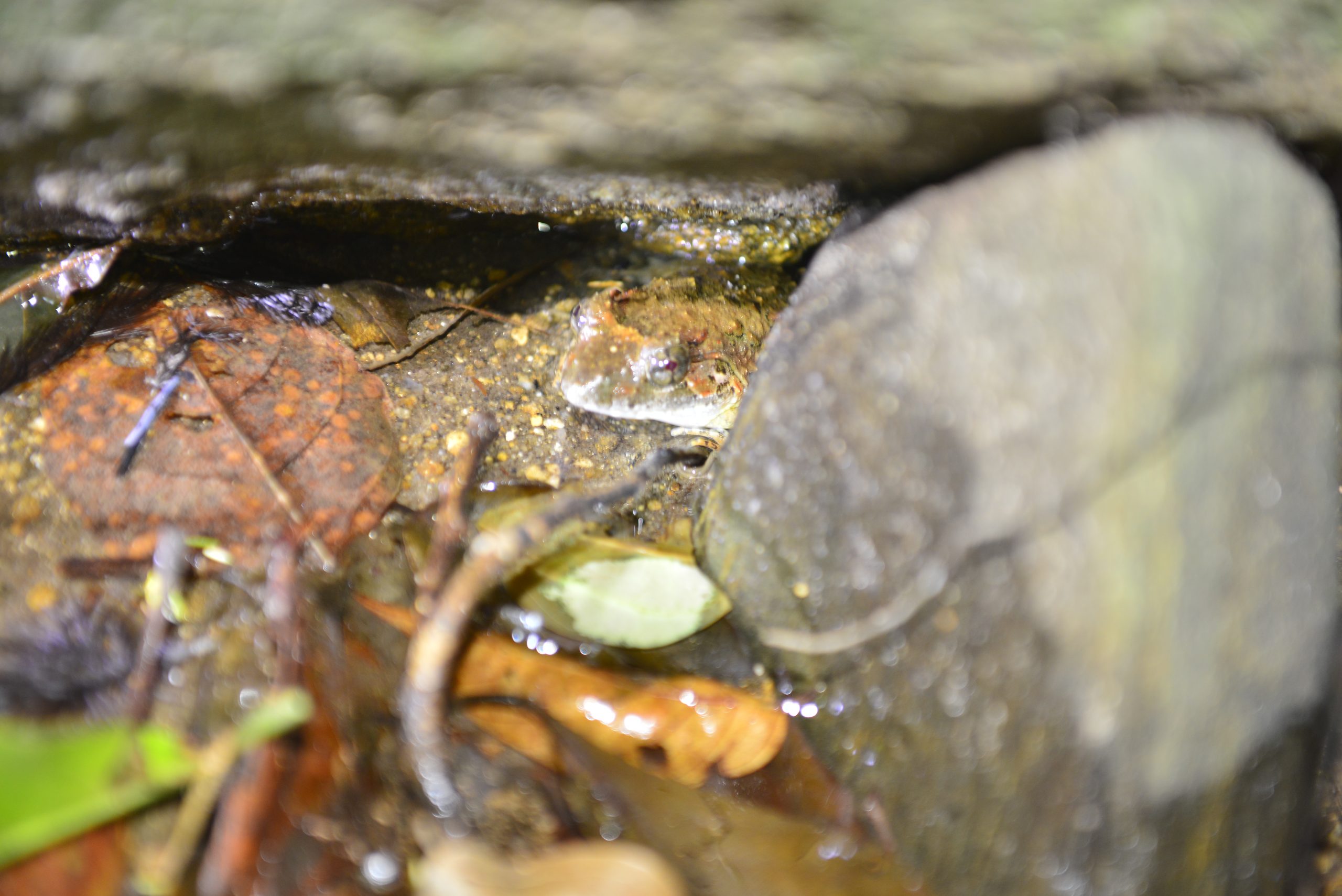
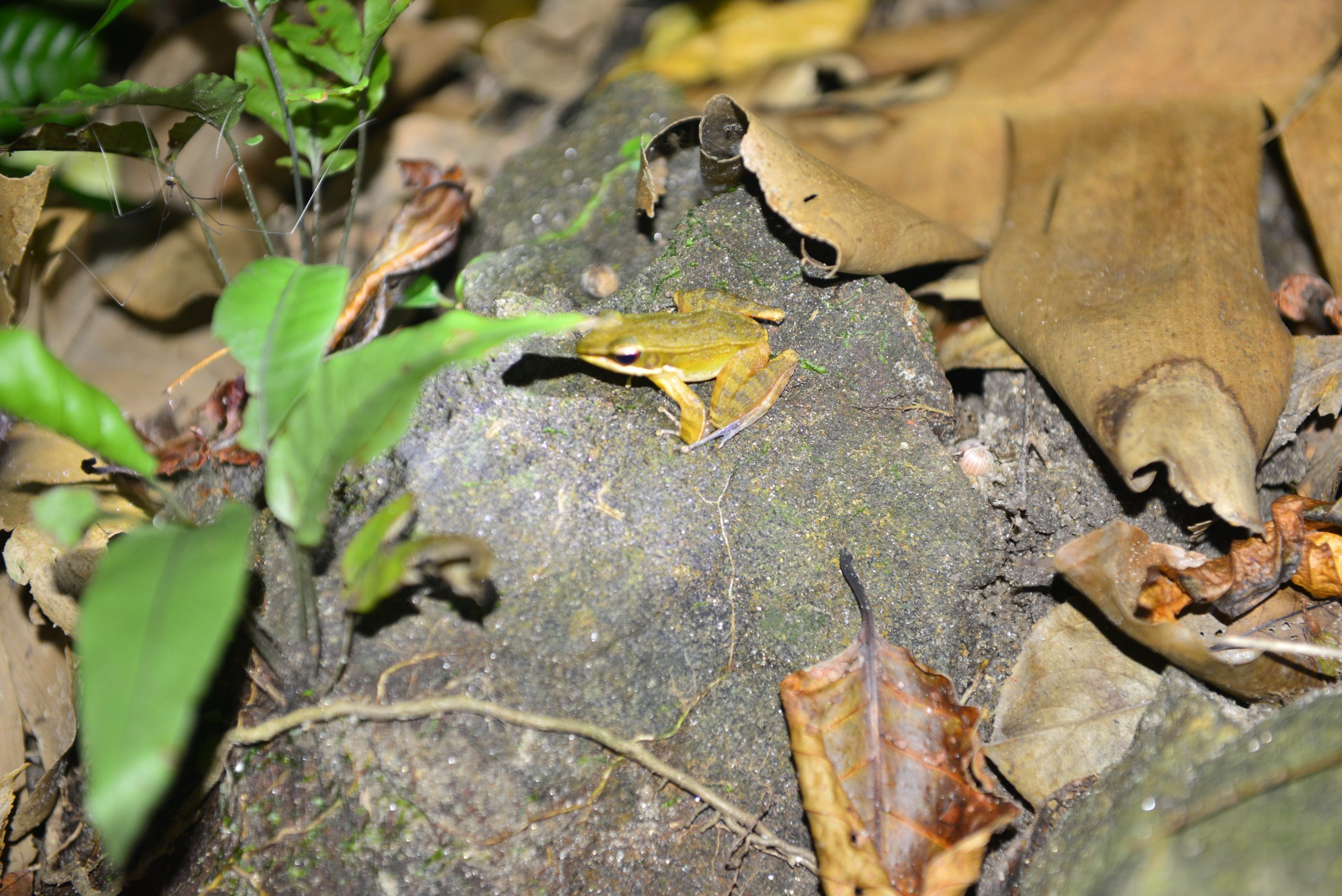
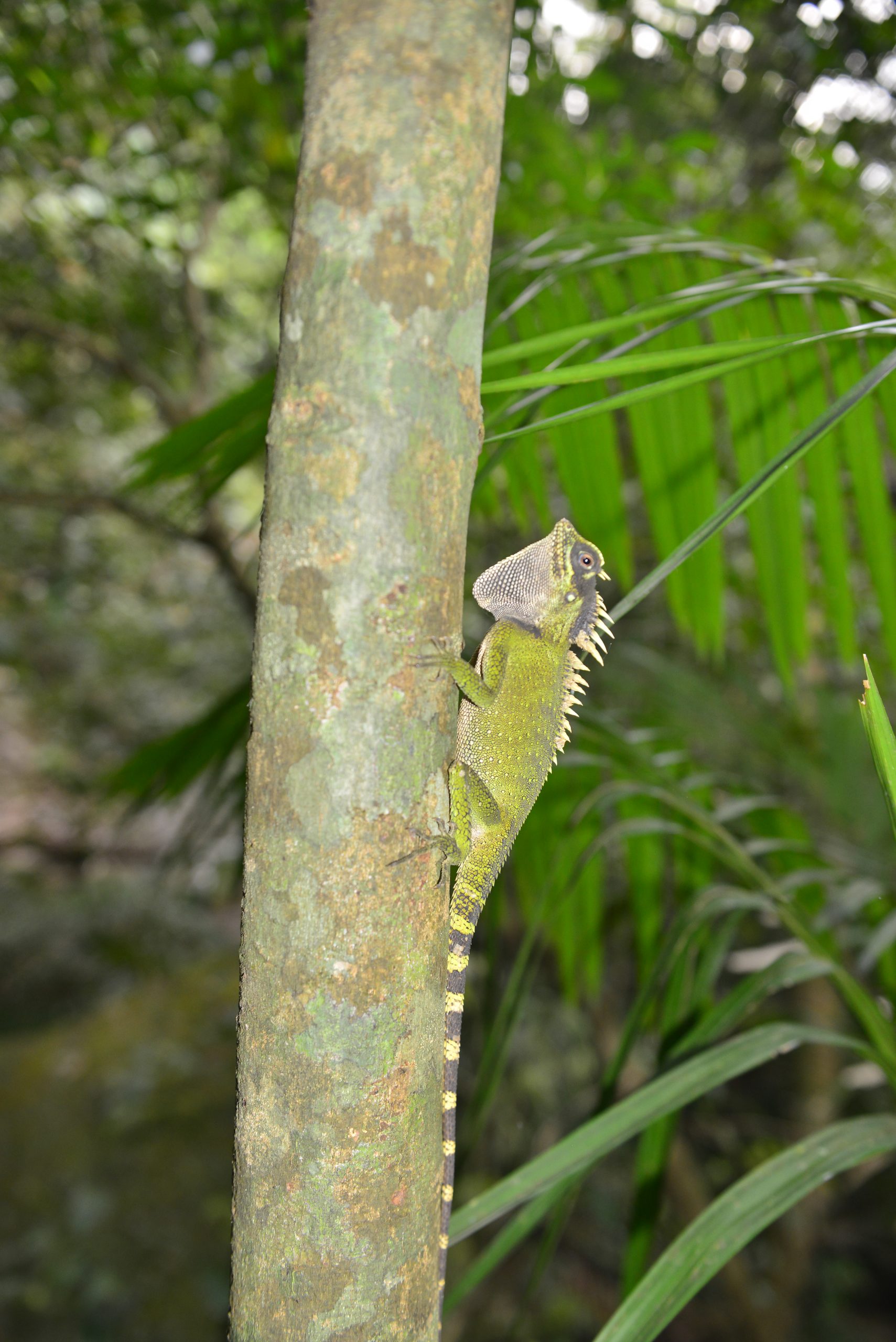
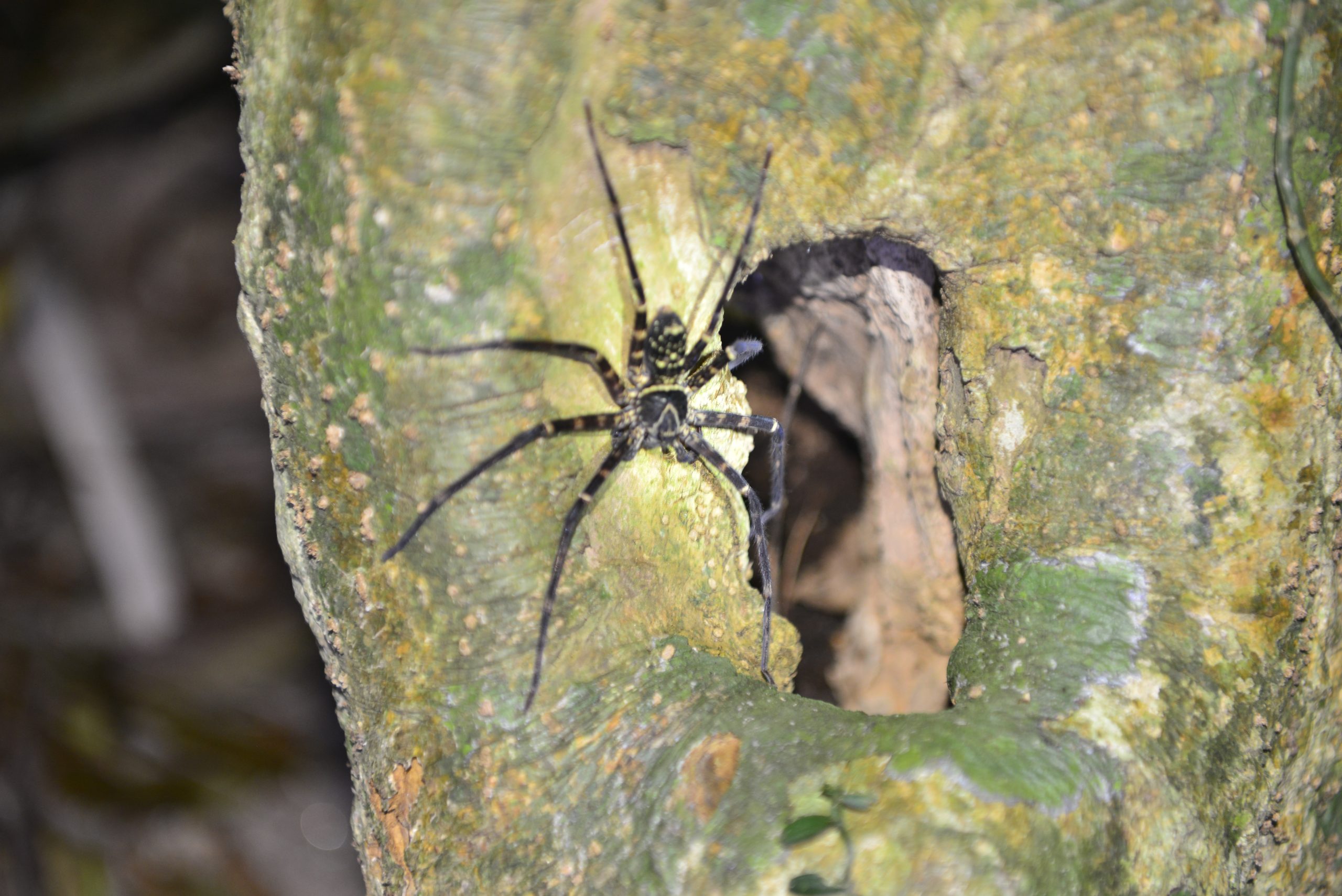
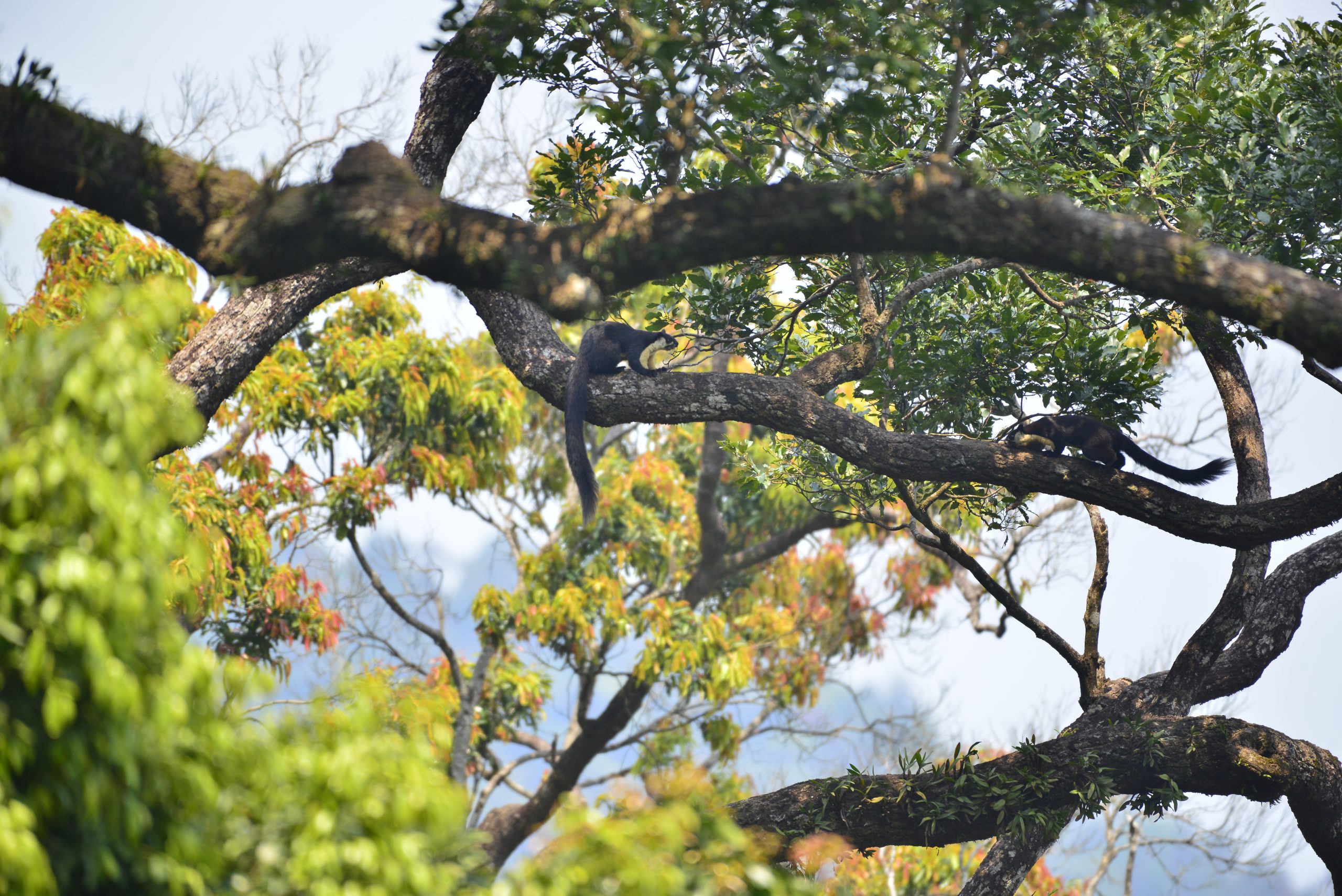
Logo of donors and project management departments:

Reported by Pham Van Thong



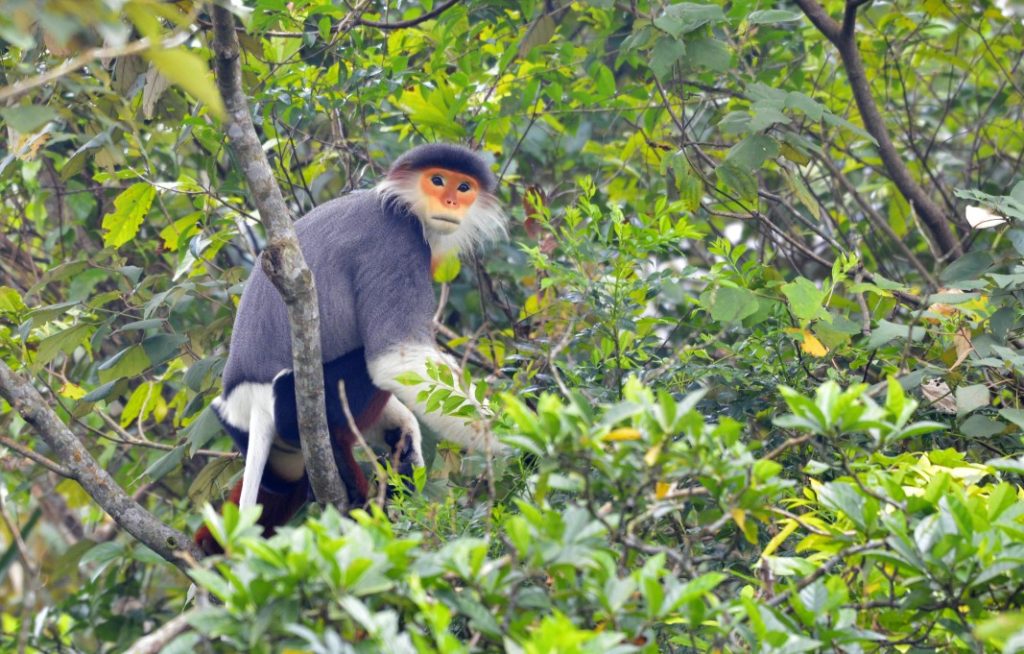
Share by: